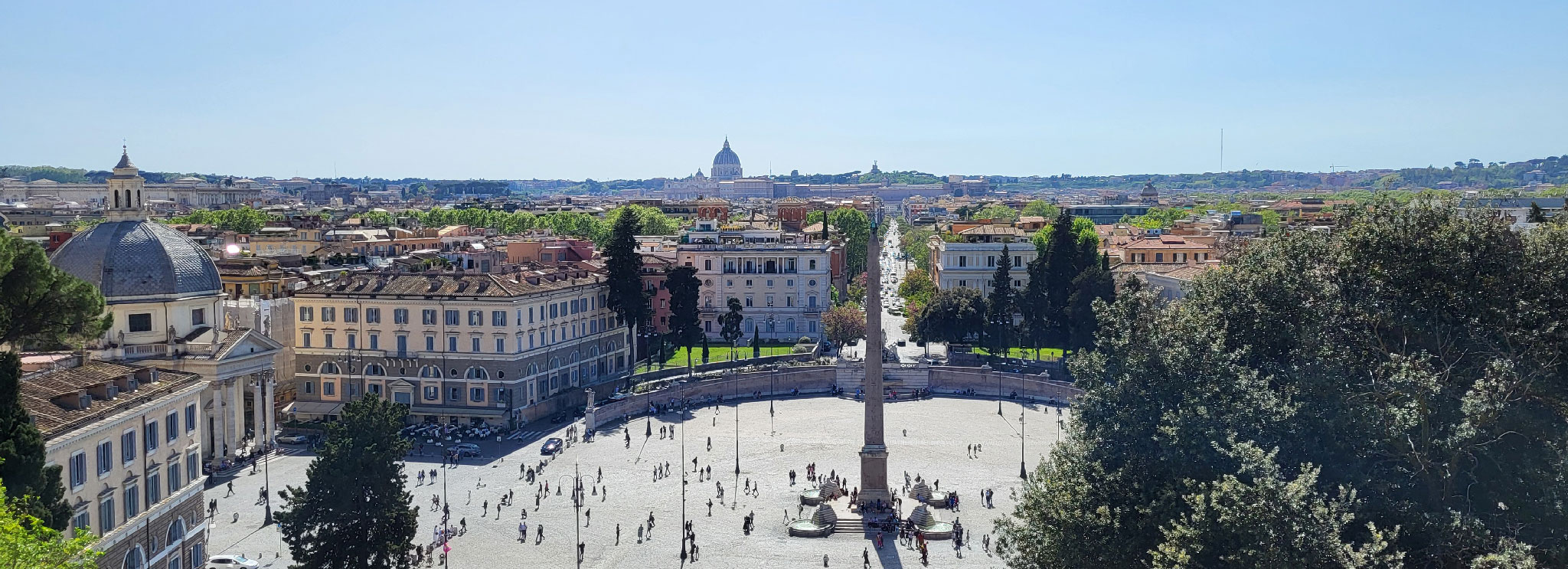
There is so much to be seen around the central section of Rome, also known as Municipio I. You can see it all in one day, while devoting a separate day or two to the ancient monuments and the Vatican City. We started on the north side in Piazza del Popolo and worked in a clockwise circle completing a tour of a little over four miles.
Piazza del Popolo
Found on the north side of Piazza del Popolo, you will find the Basilica of Santa Maria del Popolo. With a quick peak inside this church you will see several works by Renaissance artists, such as Raphael, Bernini, Caravaggio, and Bramante. Two fountains created by Giovanni Ceccarini in 1822-1823 flank the west and east sides of Piazza del Popolo. On the west side, Neptune stands with his trident in the Fountain of Neptune. Fountain of the Goddess of Rome on the west side symbolizes Rome between the Tiber and the Aniene. Scaling behind and above this fountain is the Terrace of the Pincio (Passeggiata del Pincio). You can climb the road and steps here to get an areal view of the square.

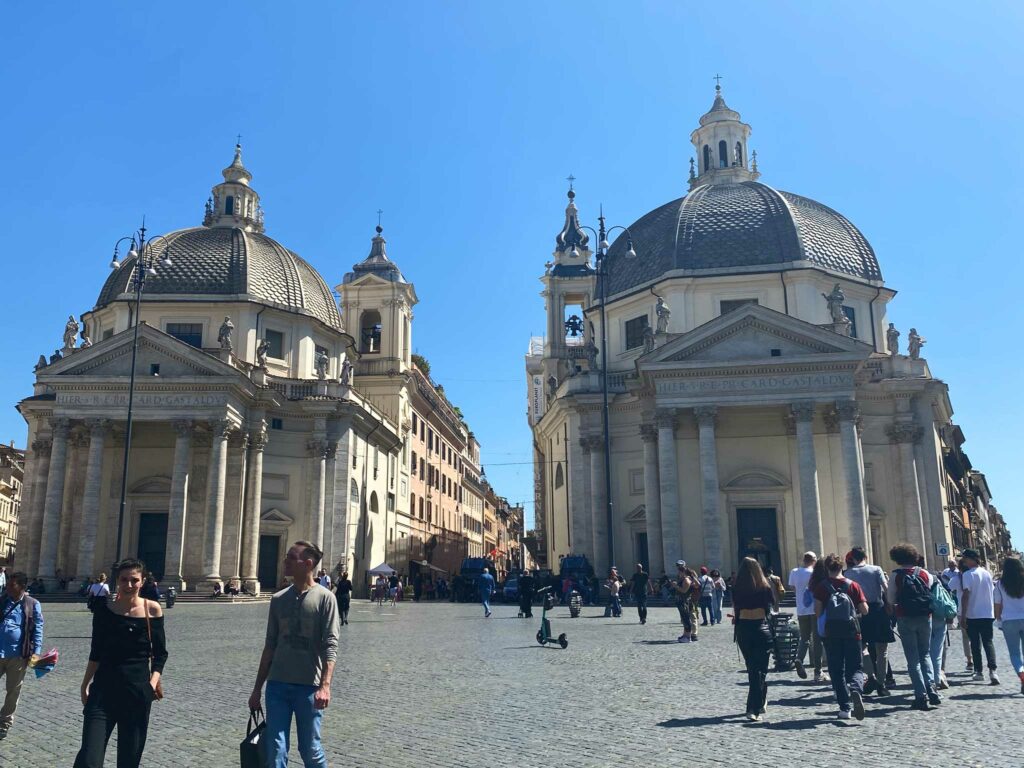
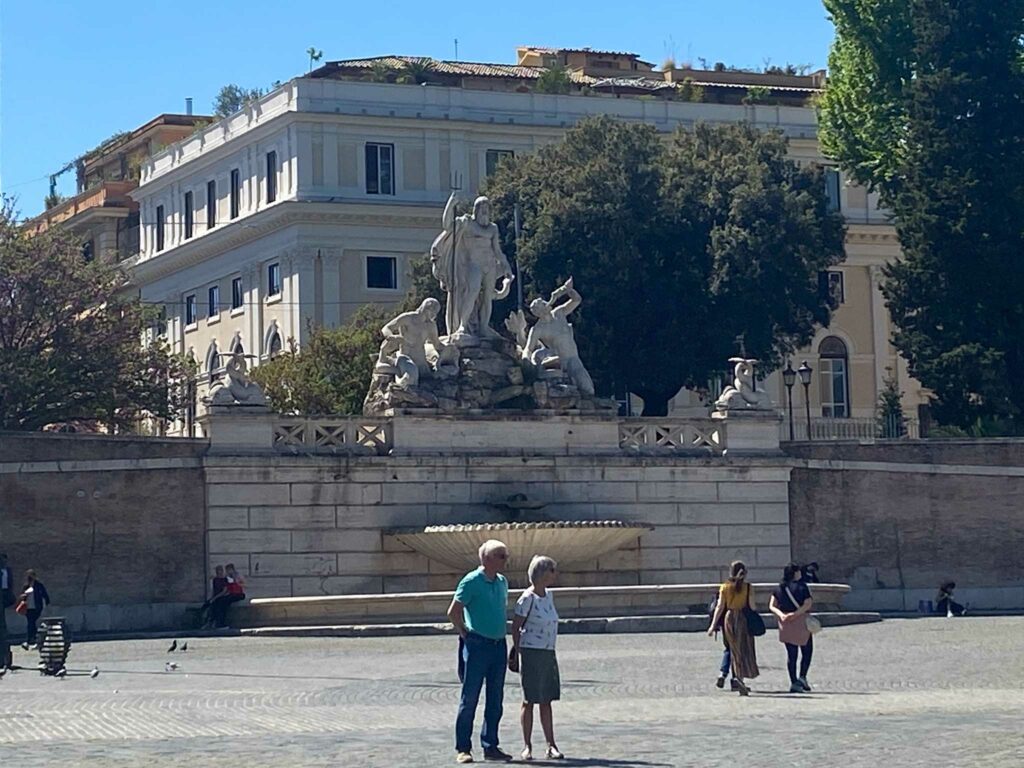
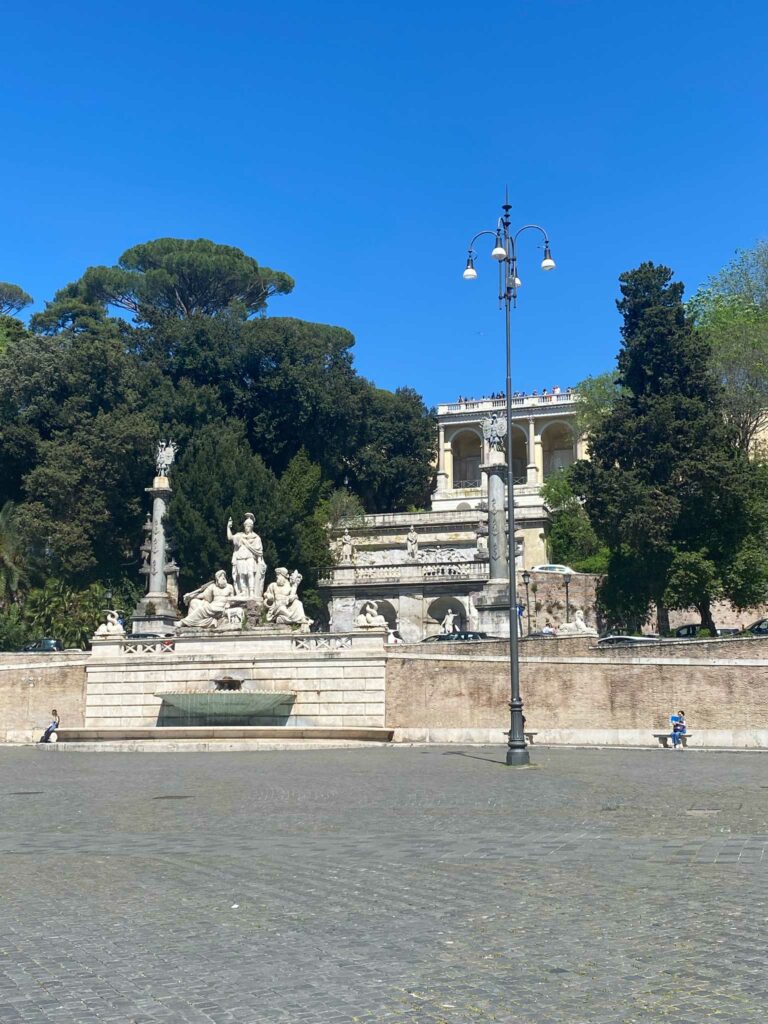
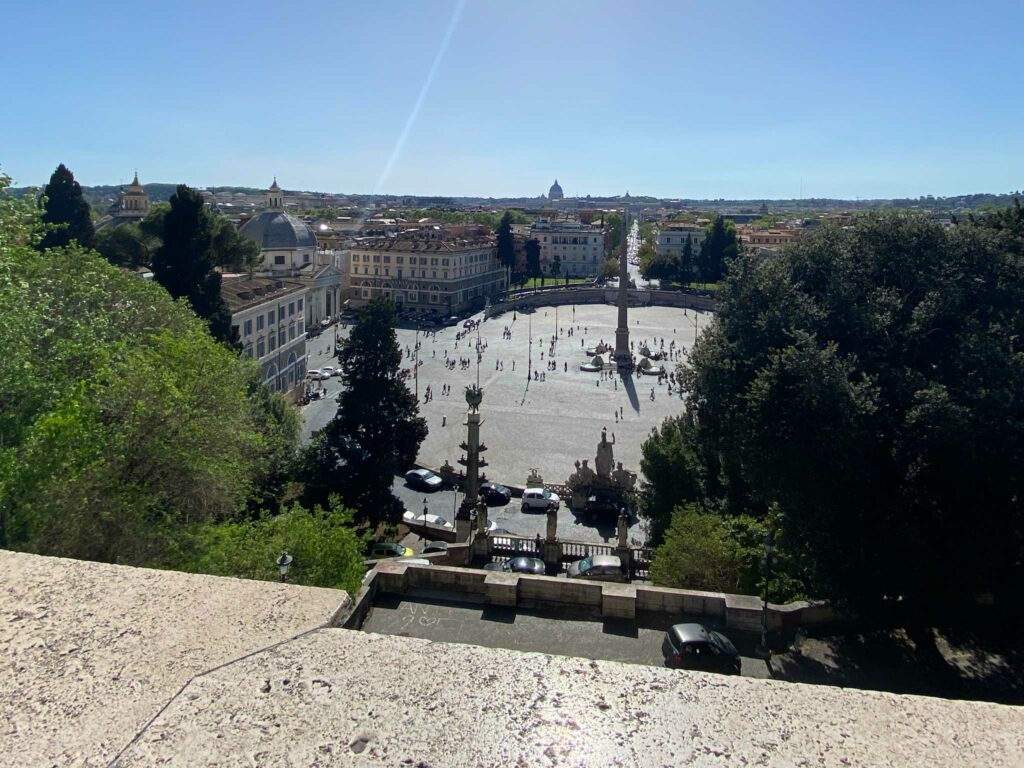
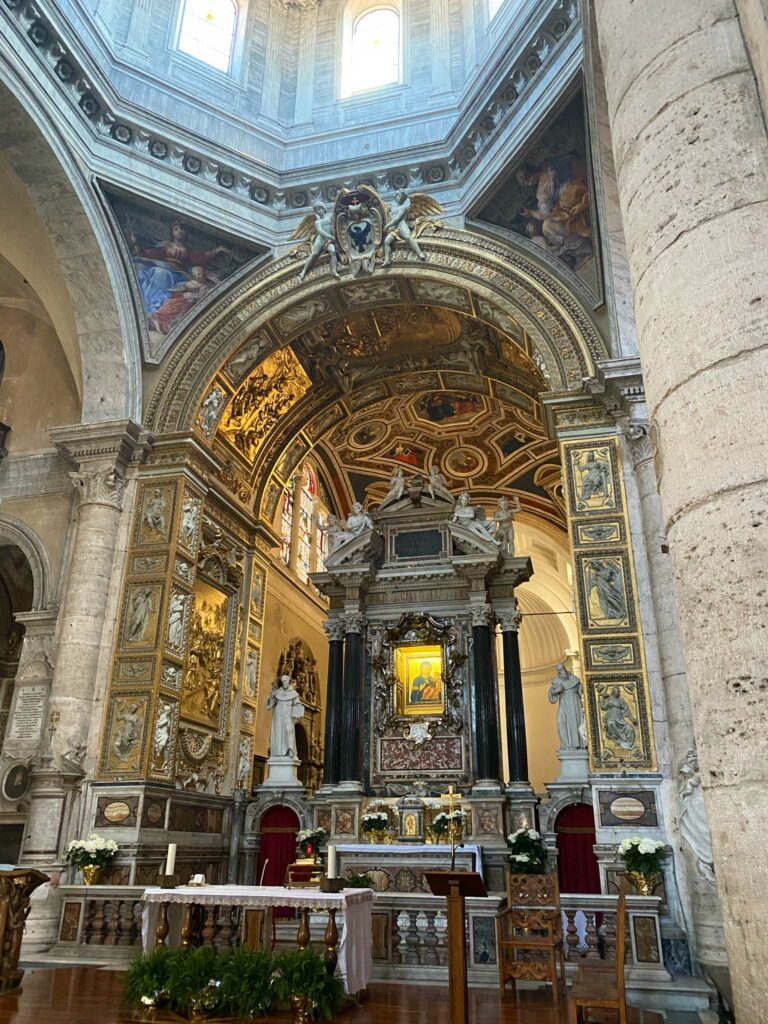
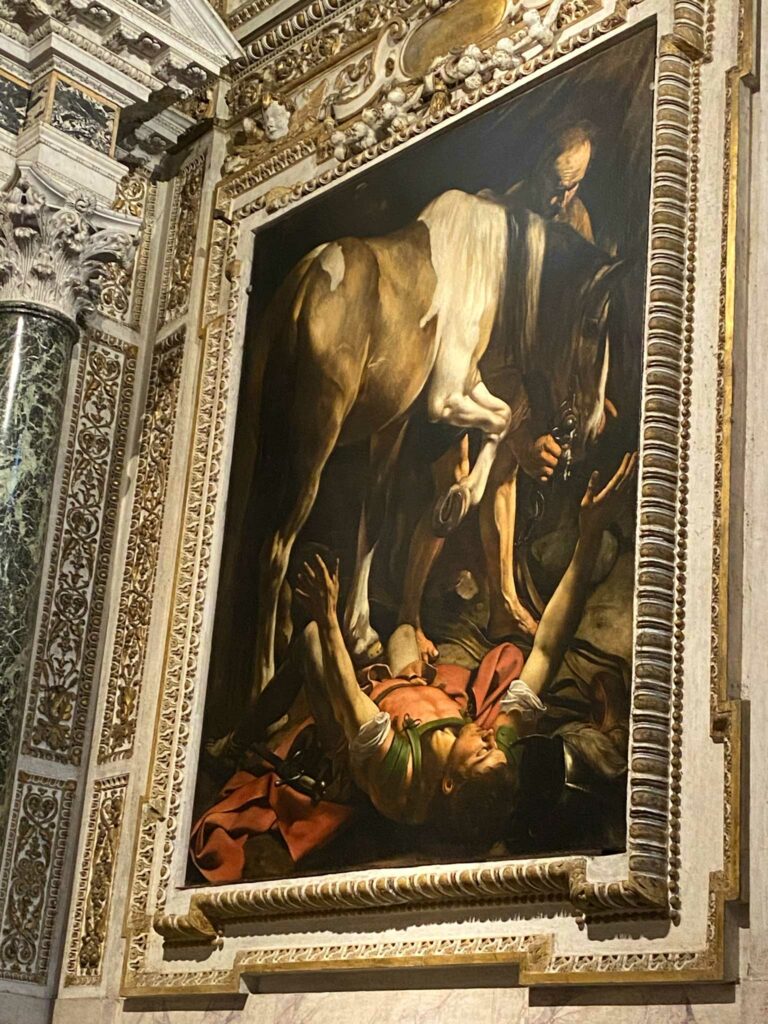
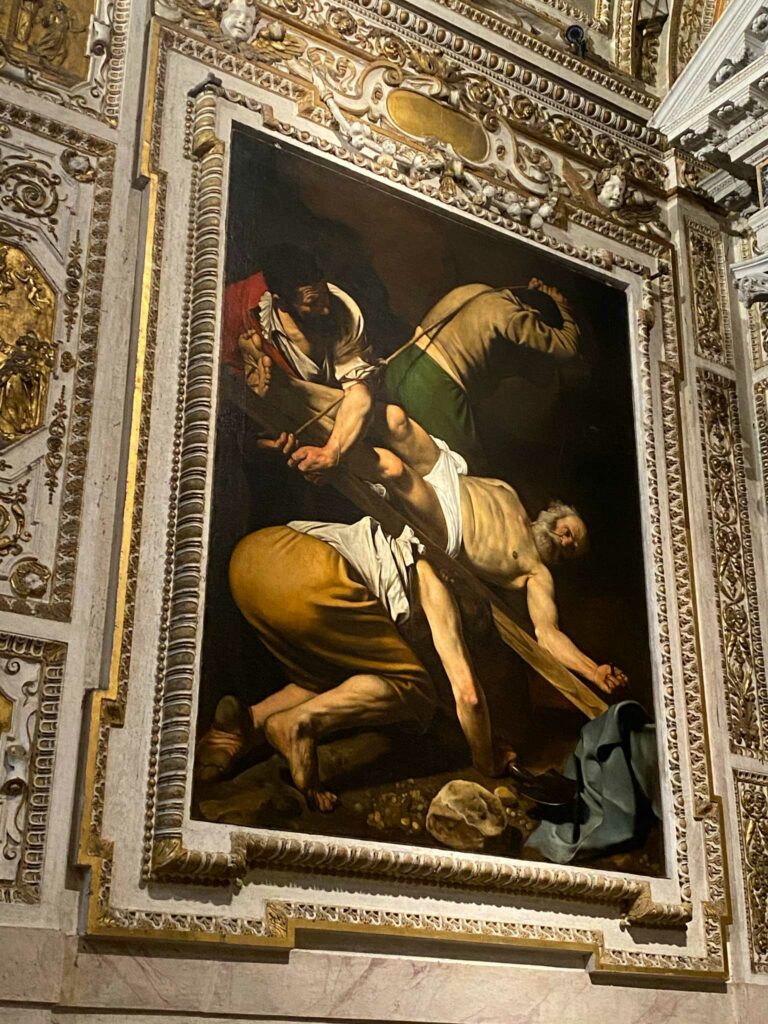
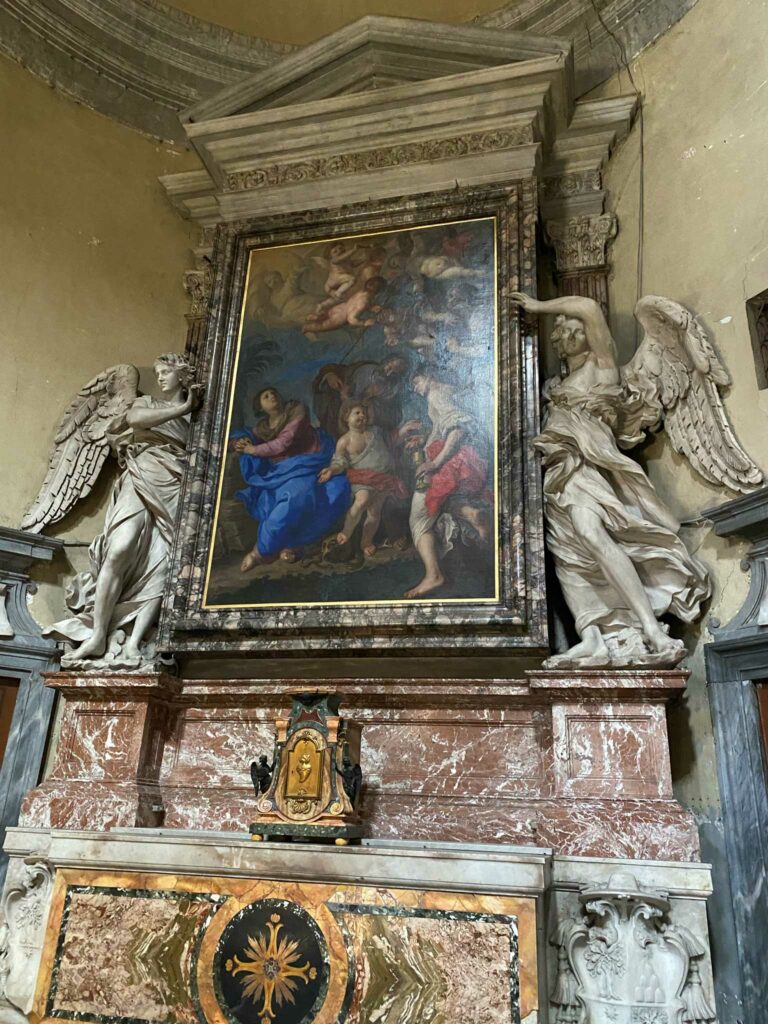
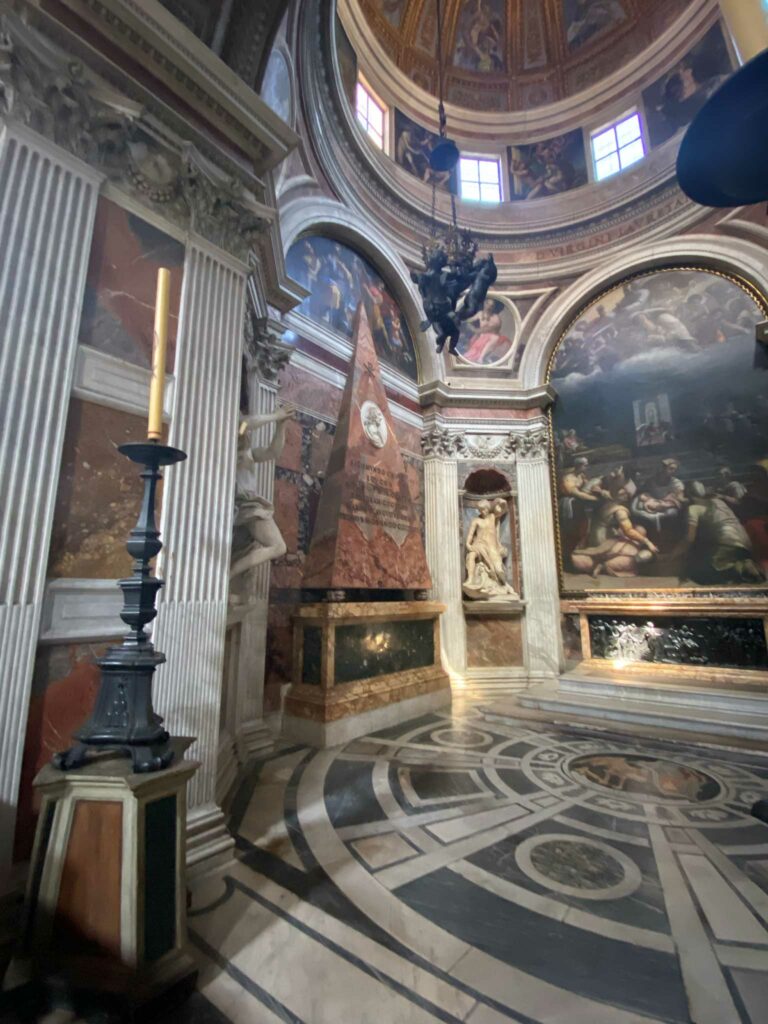
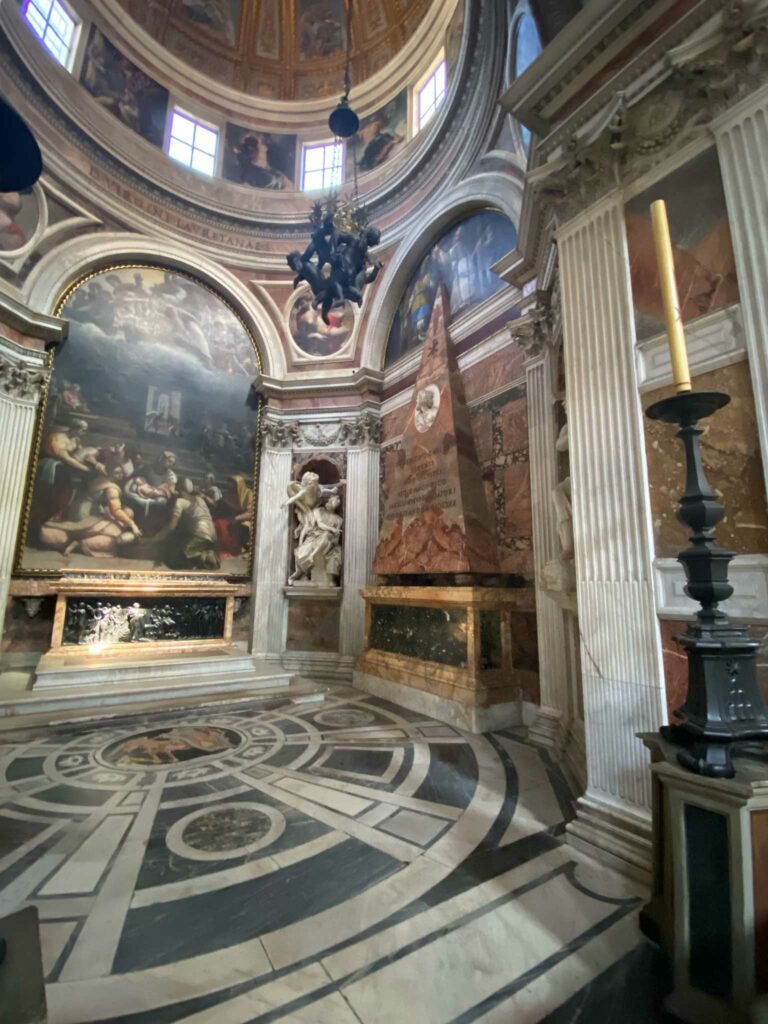
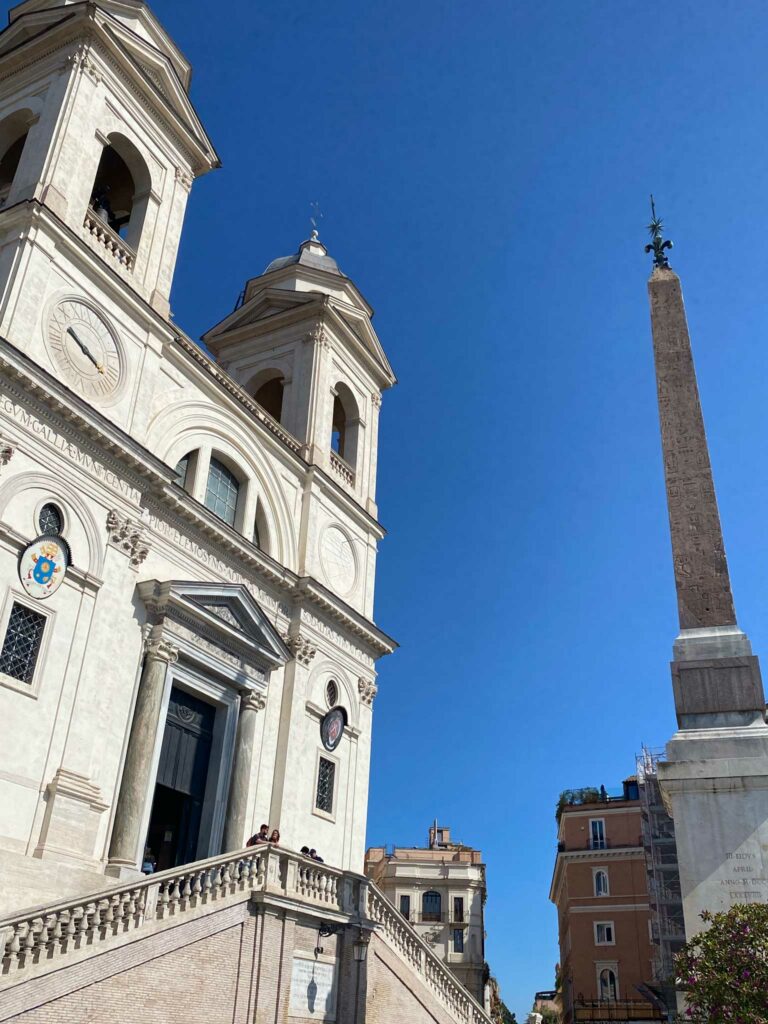
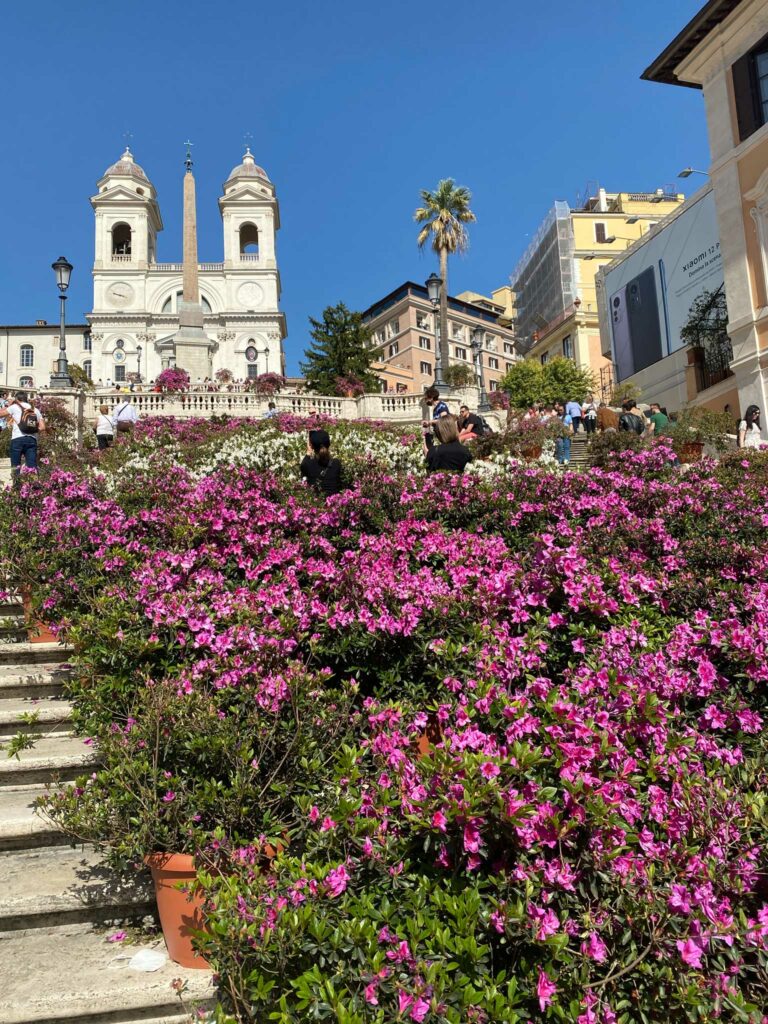
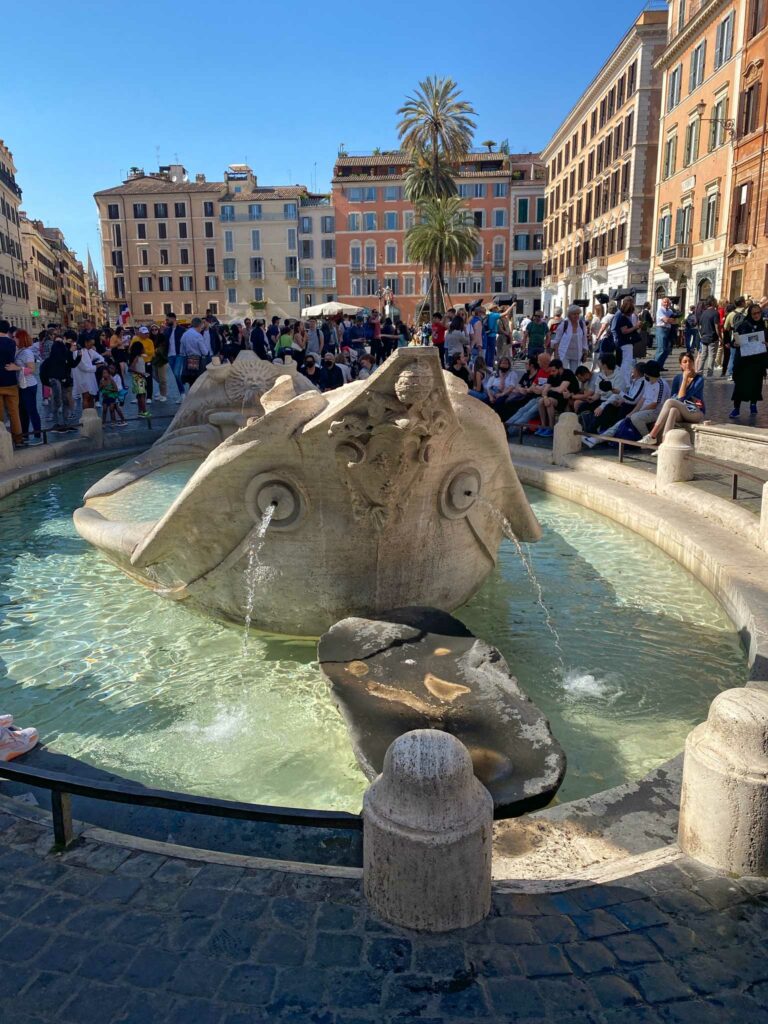
Spanish Steps
You can reach the top of the steps by walking southeast from the Terrace of the Pincio. The Spanish Steps is an iconic butterfly-shaped set of stairs designed in the 18th century. At the top sits a church and the Sallustiano Obelisk, while Fontana della Barcaccia, a 17th-century baroque fountain in Piazza di Spagna, sits below. If you are lucky the azaleas will be in bloom! Descend the stairs to Piazza di Spagna to continue the adventure or stop to do some high-end brand shopping.
Trevi Fountain
Head south from the Spanish Steps to visit the Trevi Fountain, the famous 18th-century aqueduct fountain designed by Nicola Salvi. This is the largest fountain in the city of Rome and can be seen in several films. You will notice several people tossing a coin into the fountain over their shoulder to make a wish to return to Rome, which was adopted from the American romantic comedy Three Coins in the Fountain.
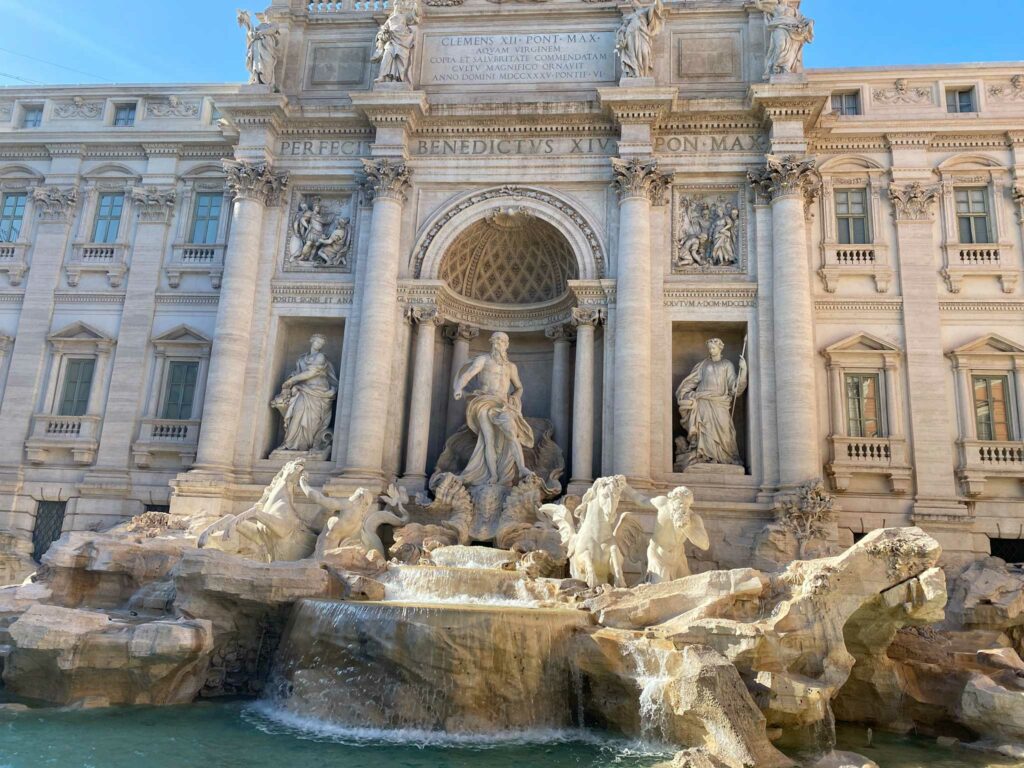
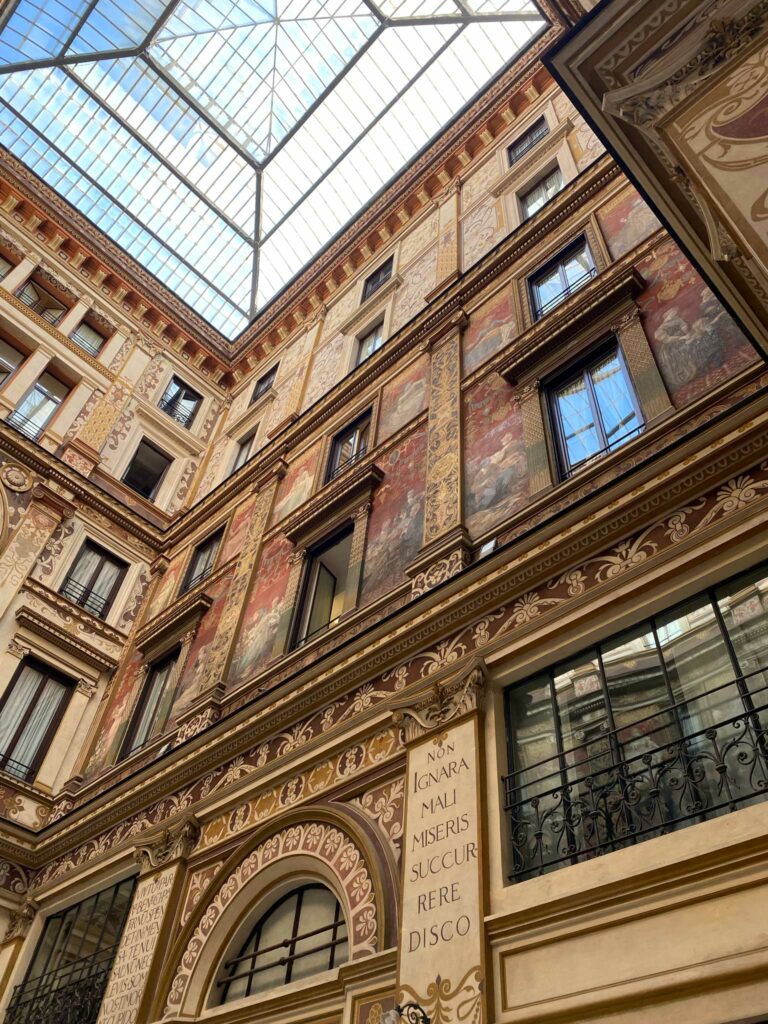
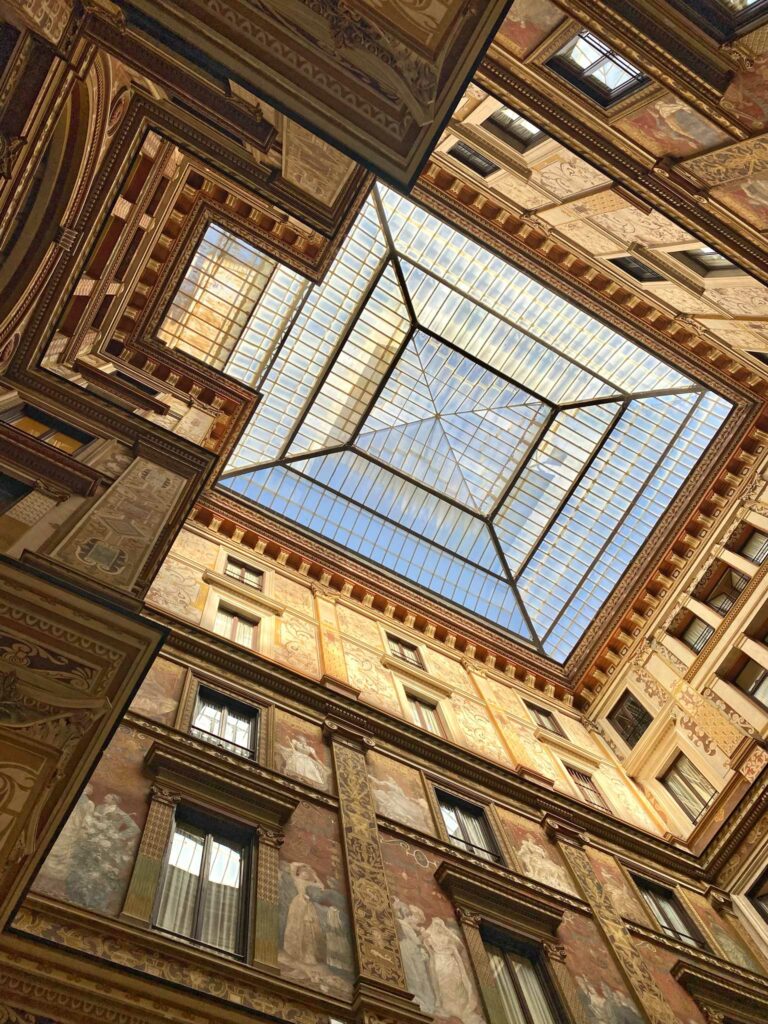
Galleria Sciarra
We walked a couple blocks to the Galleria Sciarra, which is a 19th-century Art Nouveau courtyard built to be a shopping mall by a wealthy family. It is topped by a glass and iron ceiling, and each wall is painted with frescoes.
Altar of the Fatherland
Palazzo Venezia, embassy of the Republic of Venice, is flanked by the Altar of the Fatherland (Altare della Patria). This area is located very close to the Colosseum and can be listed later if you plan a separate day to visit the Colosseum. This massive white marble monument and alter honors Italy’s first united king, Vittorio Emanuele the 2nd. Take a ride to the top for views, or visit the museum.
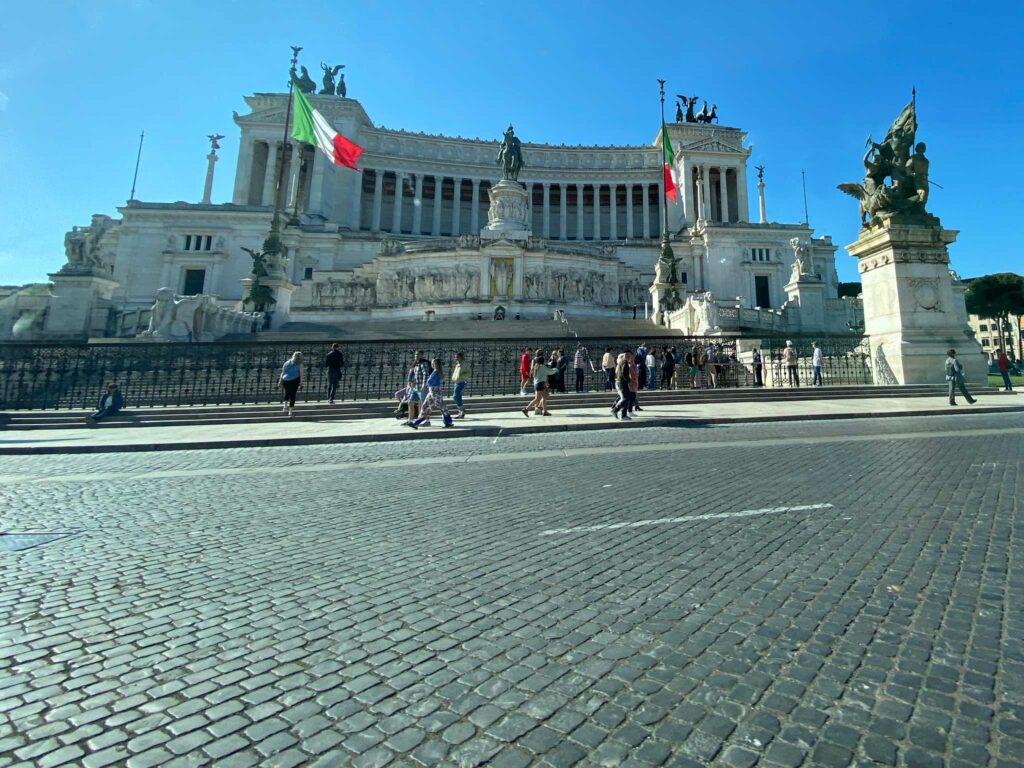
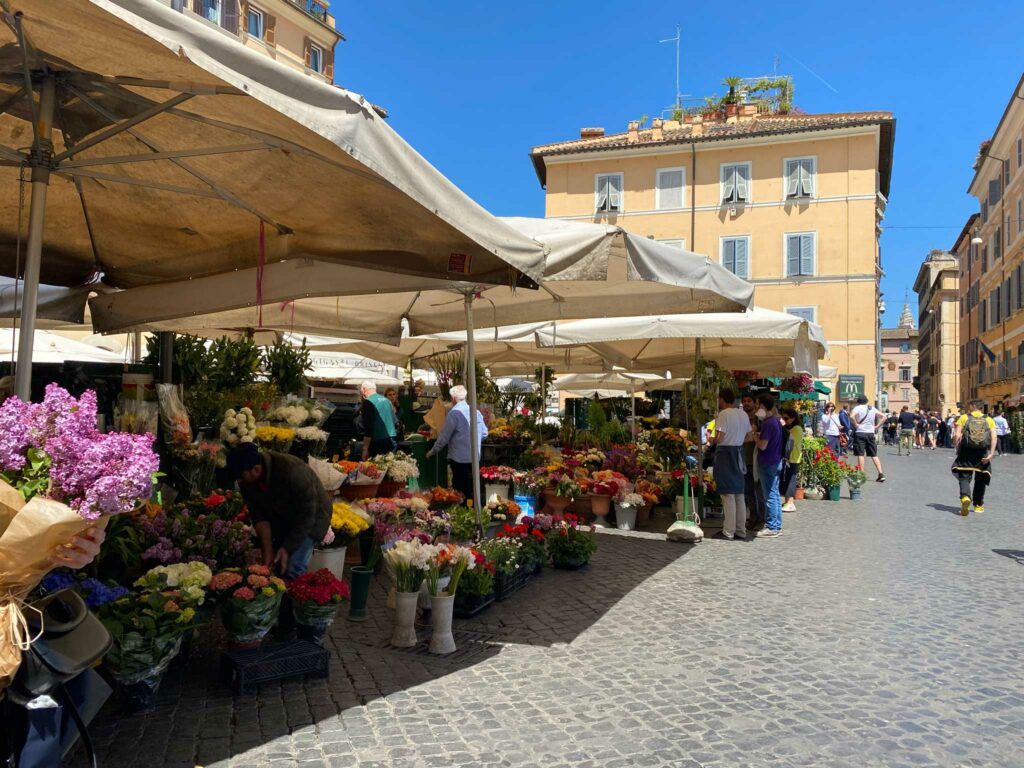
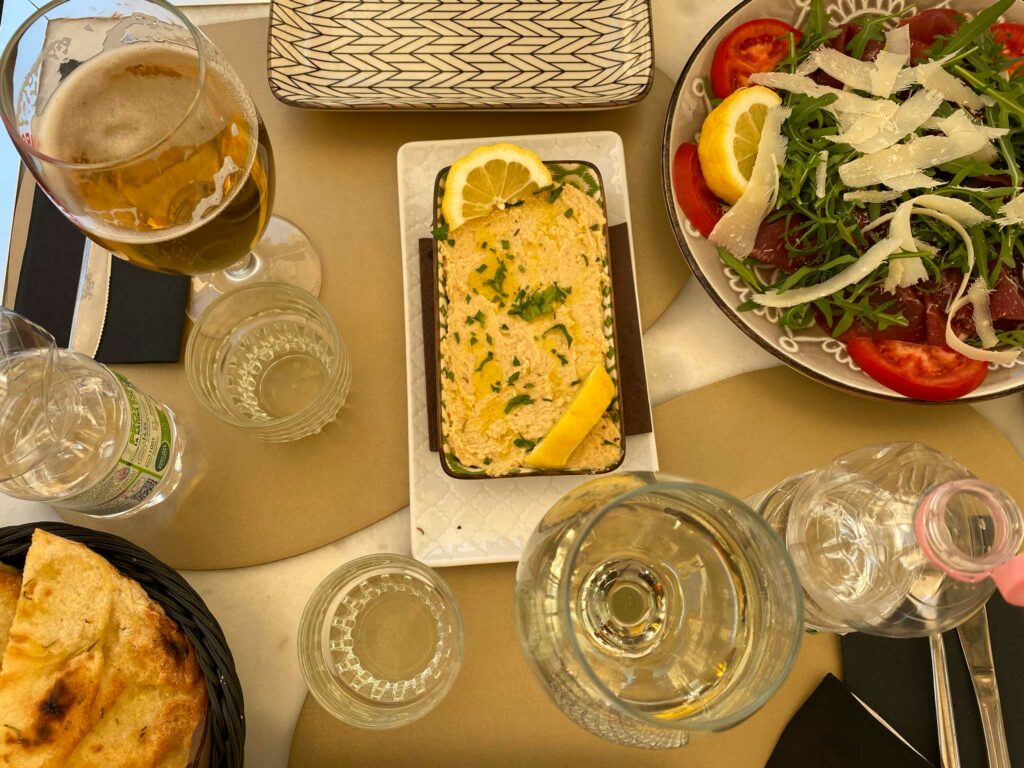
Campo de’ Fiori
Either head west from the Altar of the Fatherland or southwest from Galleria Sciarra if you skipped the monument. Also, if you skipped the Altar of the Fatherland, you pass close to the Pantheon and could stop there first. Campo de’ Fiori is an outdoor local market with produce, flowers and other goods like dried pasta you can bring home. If you worked up an appetite from walking, this is a great place to stop for a bite! We ate at light and refreshing lunch at La Carbonara.
Piazza Navona
After lunch, we headed north to Piazza Navona. This square was once the site of the Stadium of Domitian, a 1st-century open stadium for ancient Roman games. There are three notable fountains in the square. On the south side, you will see Fountain of the Moor (Fontana del Moro), Giacomo della Porta’s 16th-century fountain of a Moor wrestling a dolphin surrounded by four Titans. In the center of the square lies the Fountain of the Four Rivers (Fontana dei Quattro Fiumi) and its obelisk. The fountain was designed by Gian Lorenzo Bernini to represent four rivers its continents: Nile / Africa, Danube / Europe, Ganges / Asia, and La Plata River / Americas. In the north of the square stands the Neptune Fountain (Fontana del Nettuno), another 16th-century fountain designed by Della Porta. It depicts Neptune fighting an octopus surrounded by cherubs, which perfectly balances out with the Fountain of the Moor on the south side.
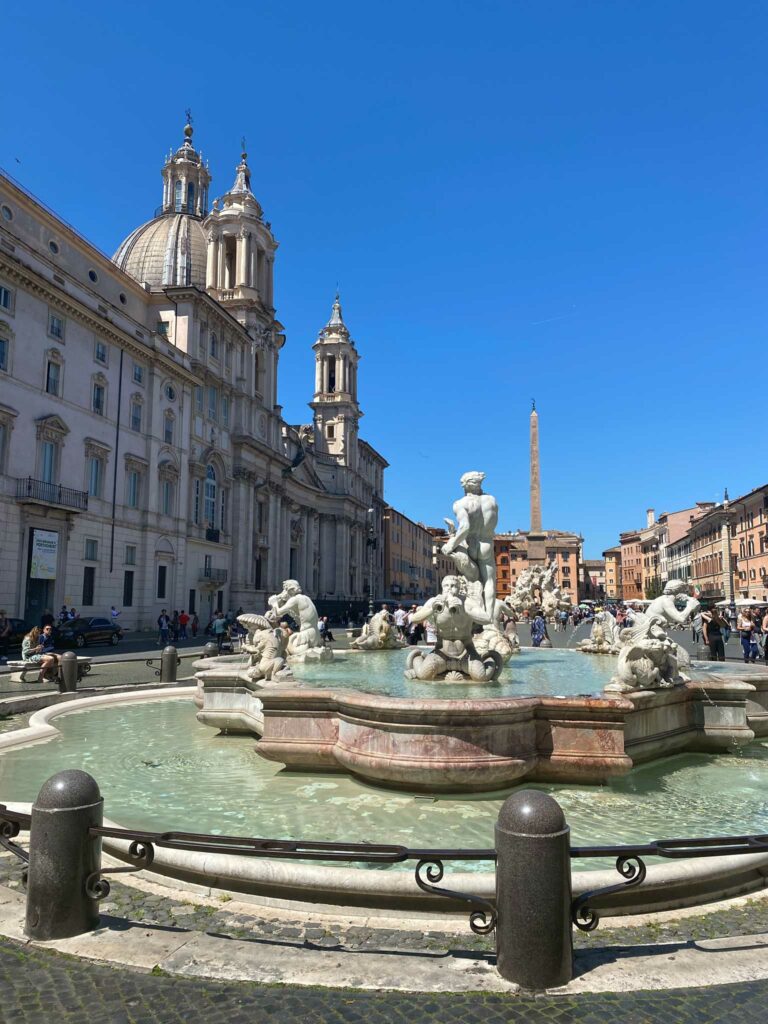
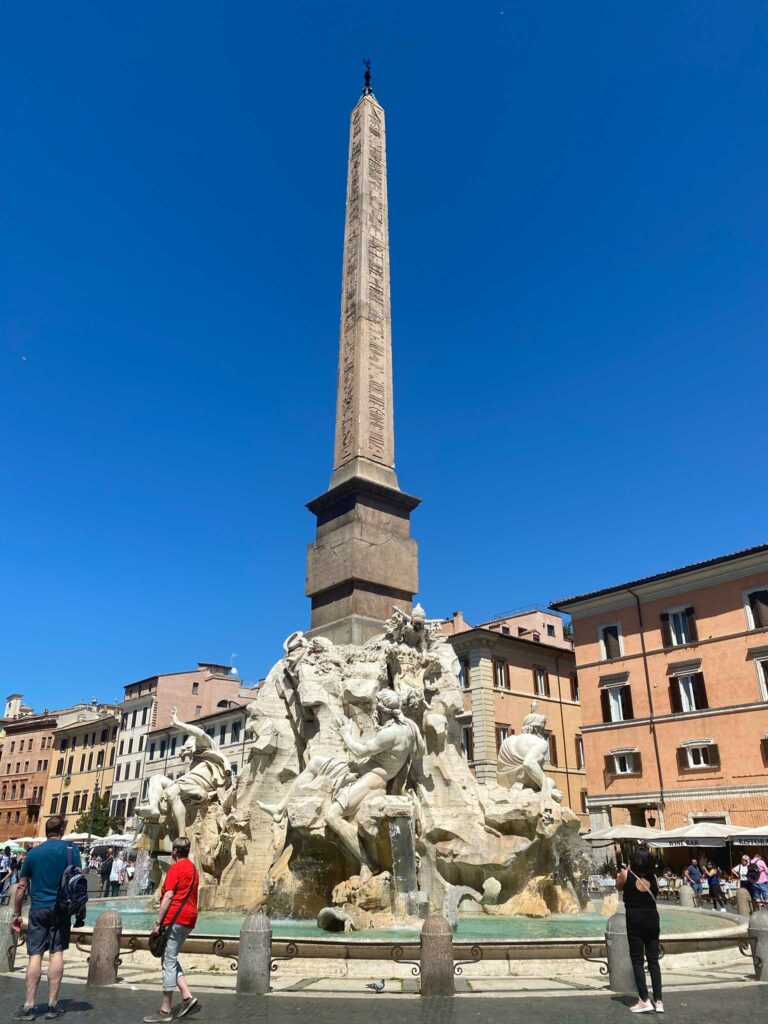


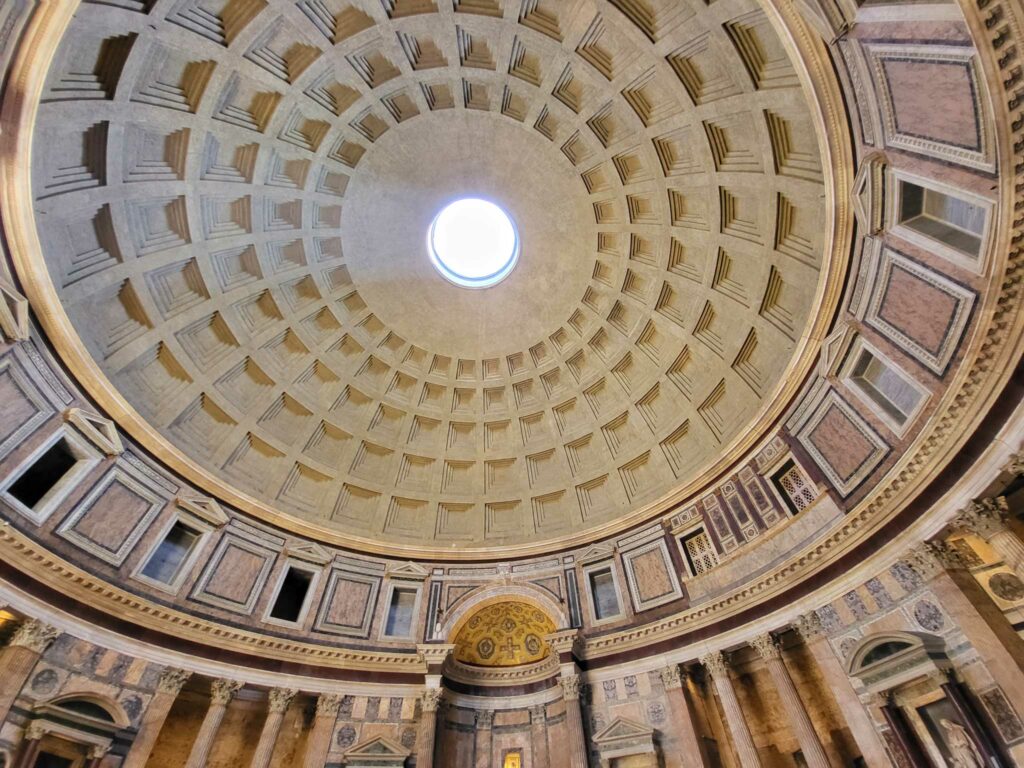
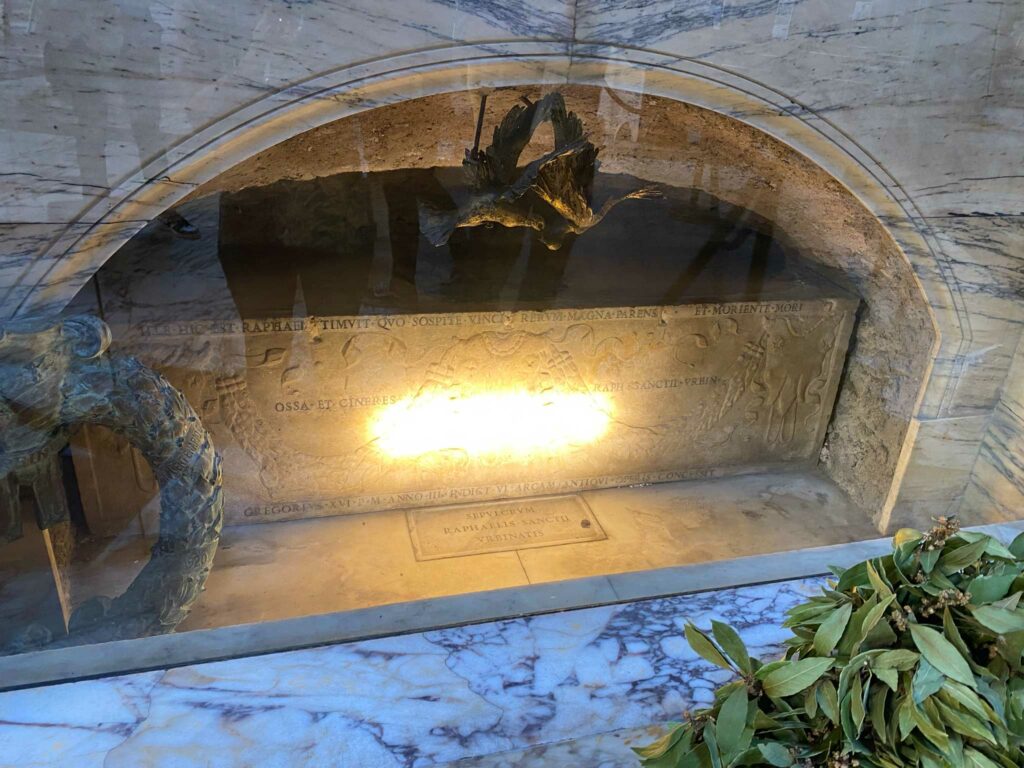
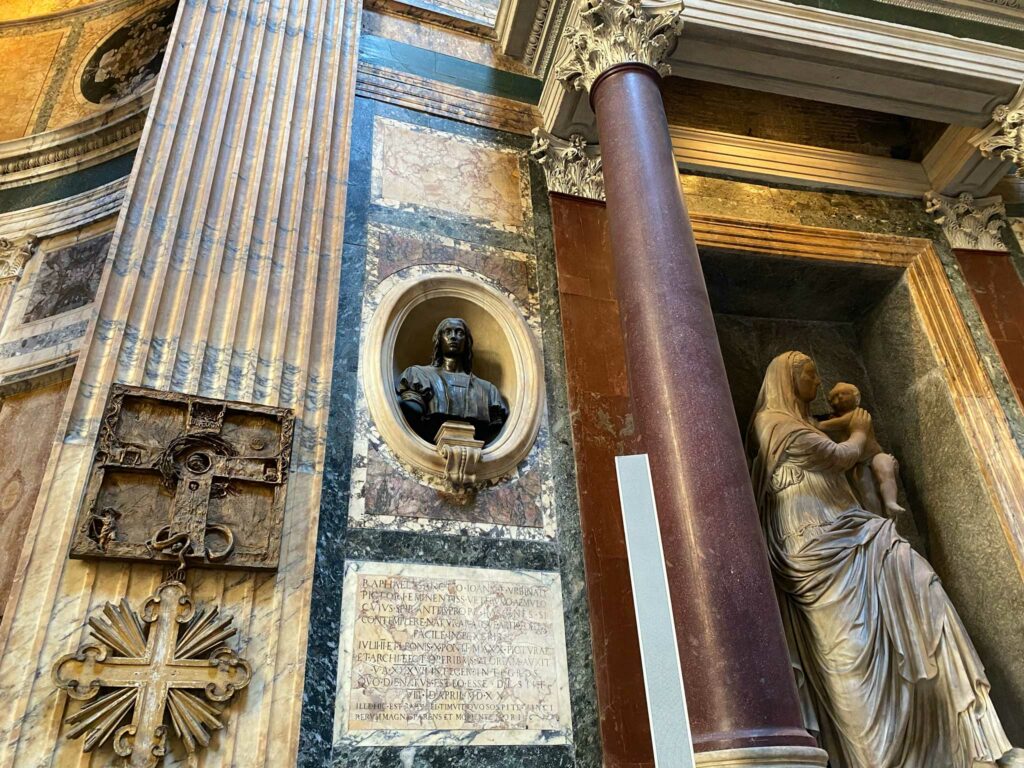
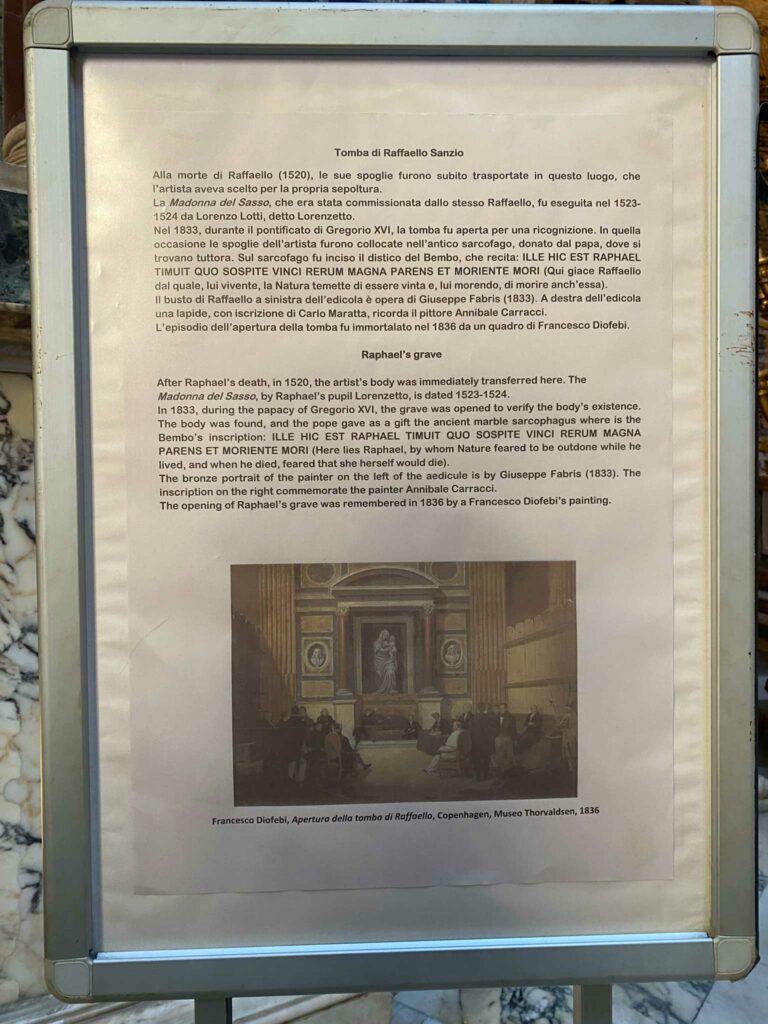
Pantheon
To the east, Raphael’s resting place resides in the Pantheon. The Pantheon is a former, ancient Roman temple with a large circular domed cella dating back to 126-128 AD. It is now the burial place of several monarchs and Renaissance figures, such Raphael, Arcangelo Corelli, and Baldassare Peruzzi. The Pantheon is one of the best preserved monuments of ancient Rome.
Supreme Court of Cassation (Corte Suprema di Cassazione)
The Supreme Court of Cassation is about a 15-minute walk northwest across the Tiber River. This is the highest court of appeals (or last resort) in Italy. The very large building is architecturally designed with a bronze sculpture at the entrance. It at least deserves a pass-by if you are in the area.
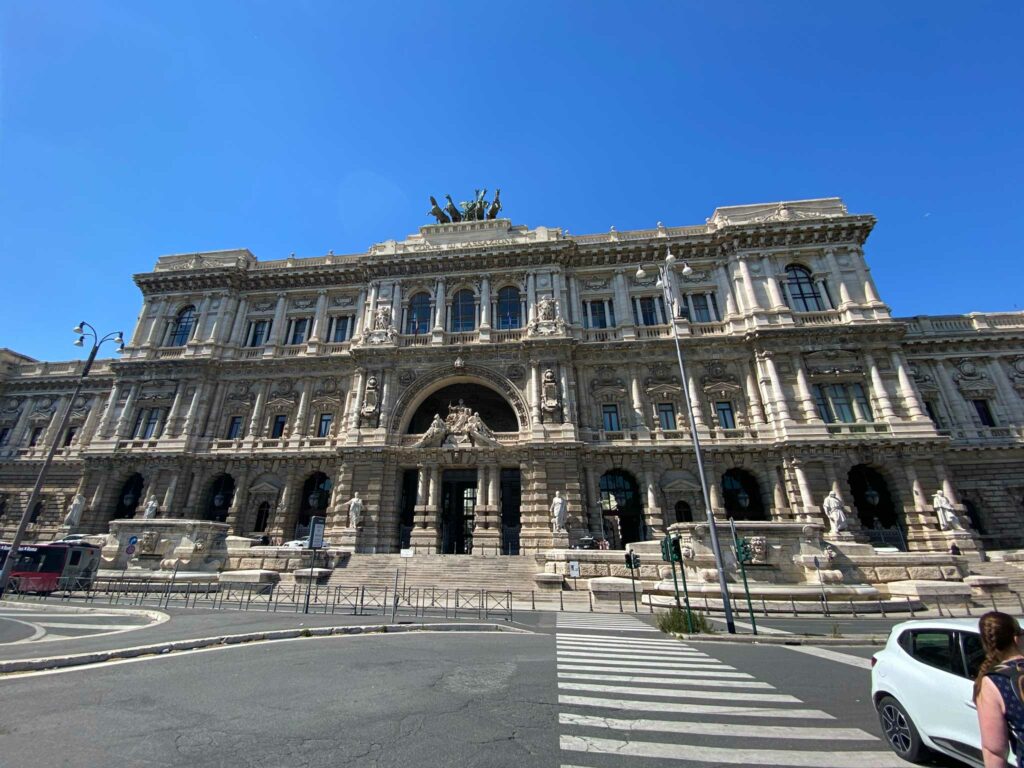
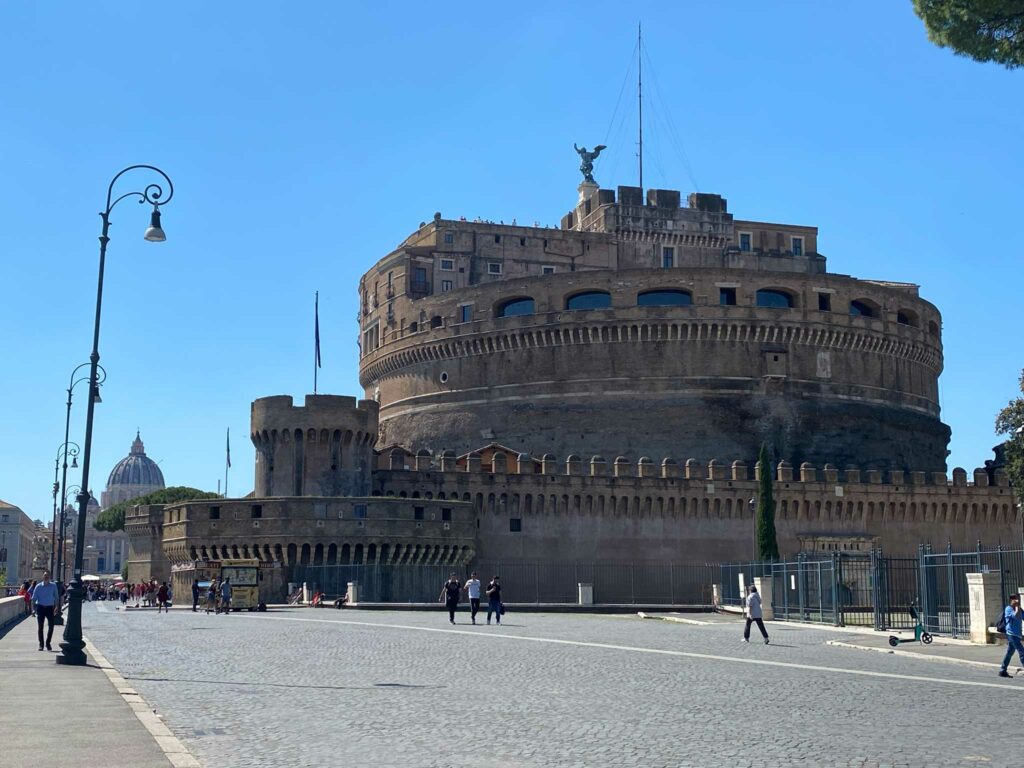
Castel Sant’Angelo
The last stop is a 2nd-century circular castle to the west of the Supreme Court of Cassation. It was originally built to be a mausoleum for the Roman Emperor Hadrian and his family, but later became a fortress for popes with being adjacent to the Vatican City. It is now used as a museum of Renaissance furniture, paintings, and weapons.
The Cuisine of Rome
While Venice was number one in the best pizza, Rome was definitely a second contender. Overall, the food of Rome was better than other cities of Italy. Besides our lunch at Campo de’ Fiori, all of the restaurants we ate at were on the north side of the city where our apartment was located. If you are looking for something more upscale than a sidewalk restaurant, call for reservation in the courtyard of Babette. It was a real treat and was the best dinner and dessert we had!
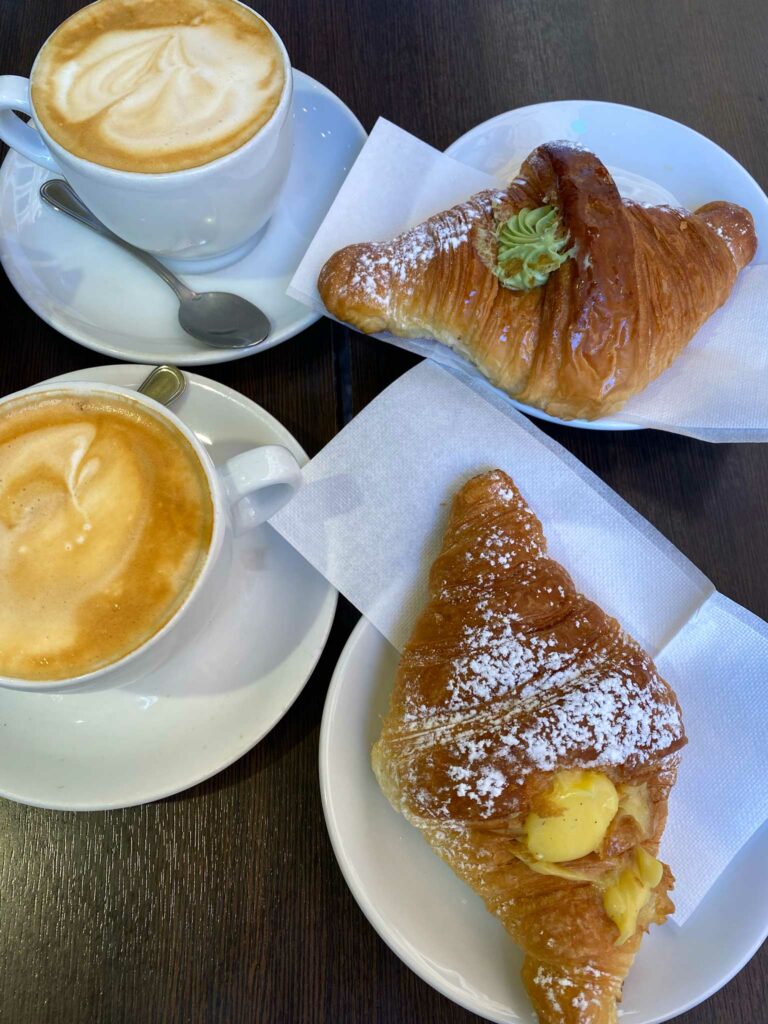
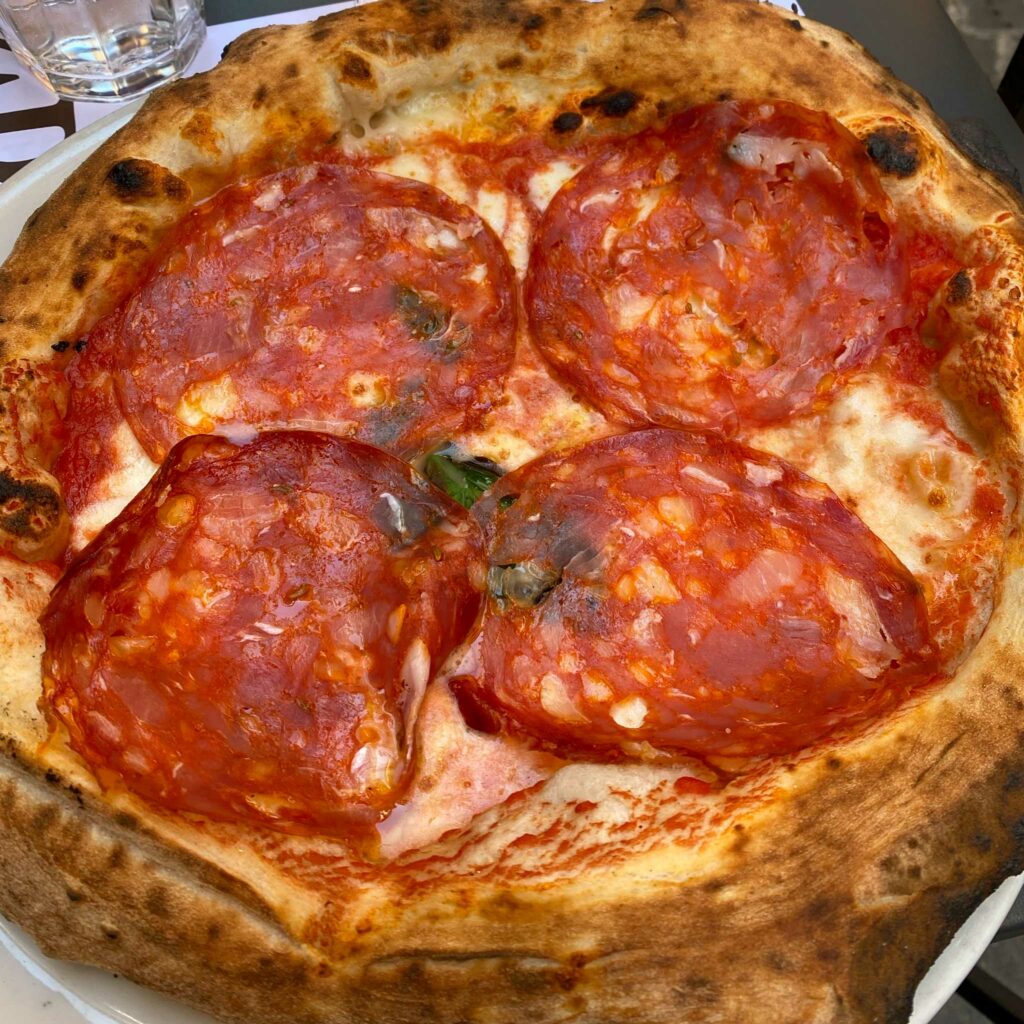
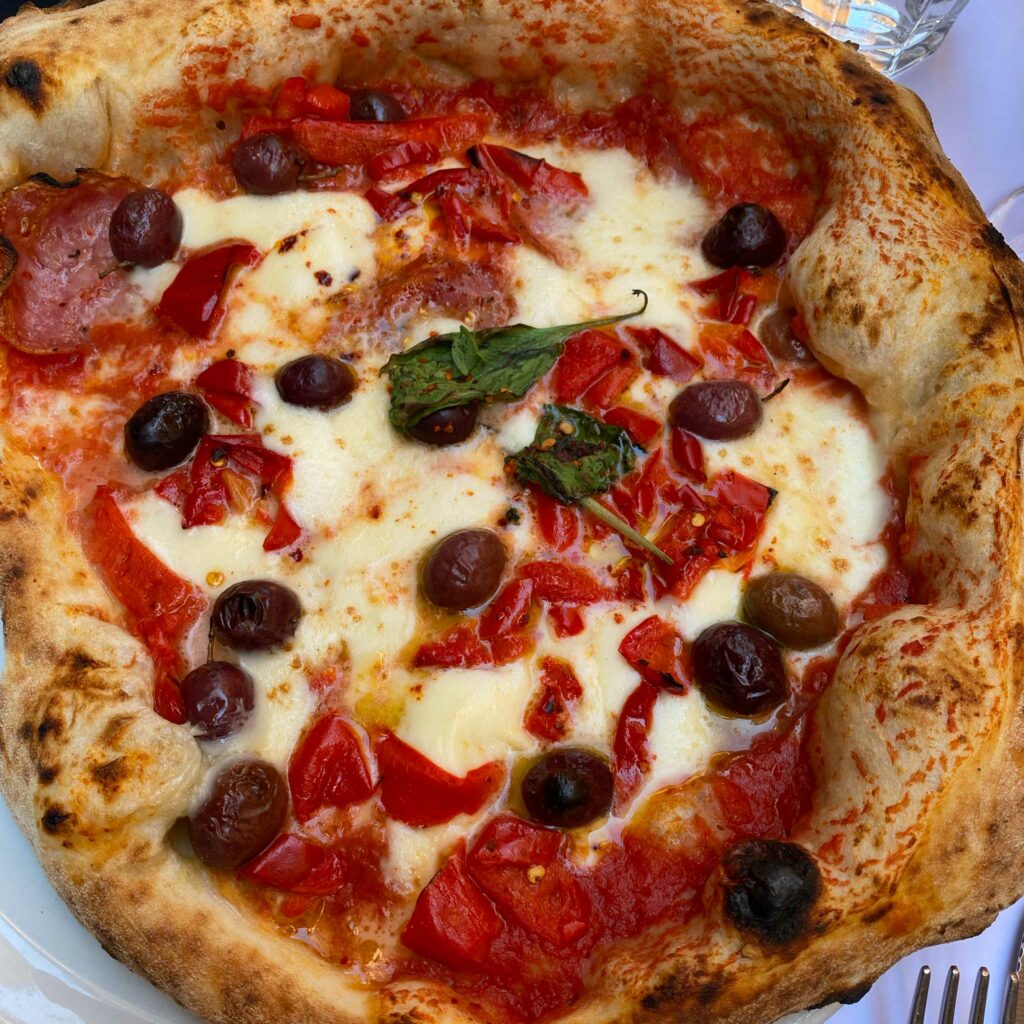
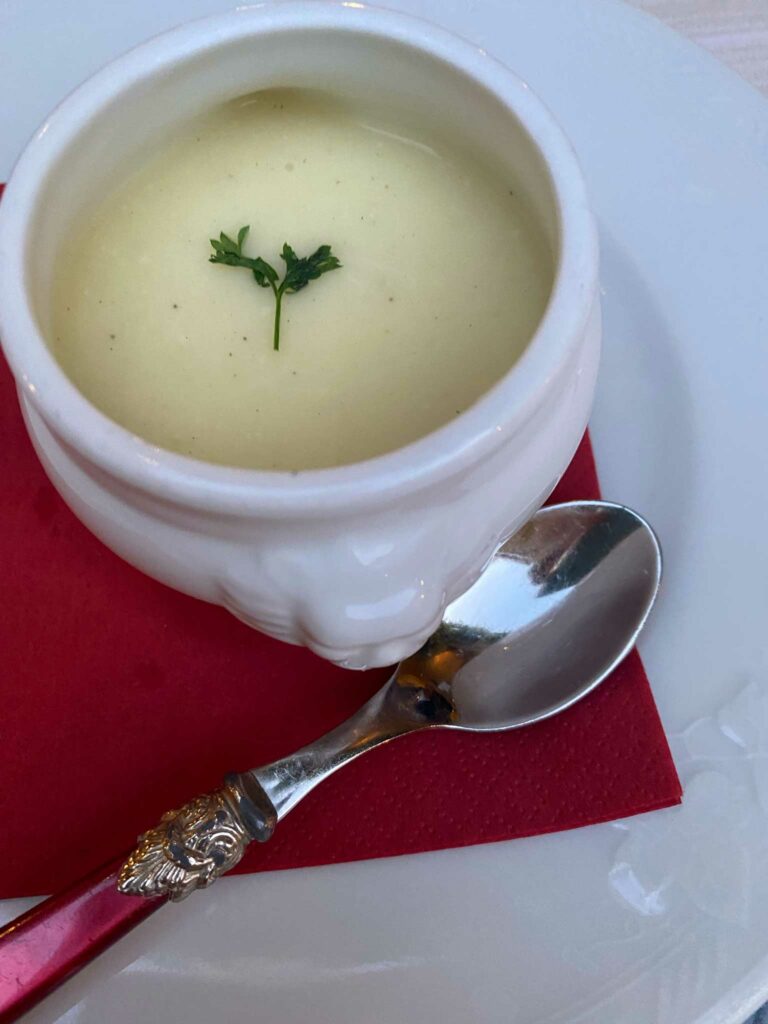
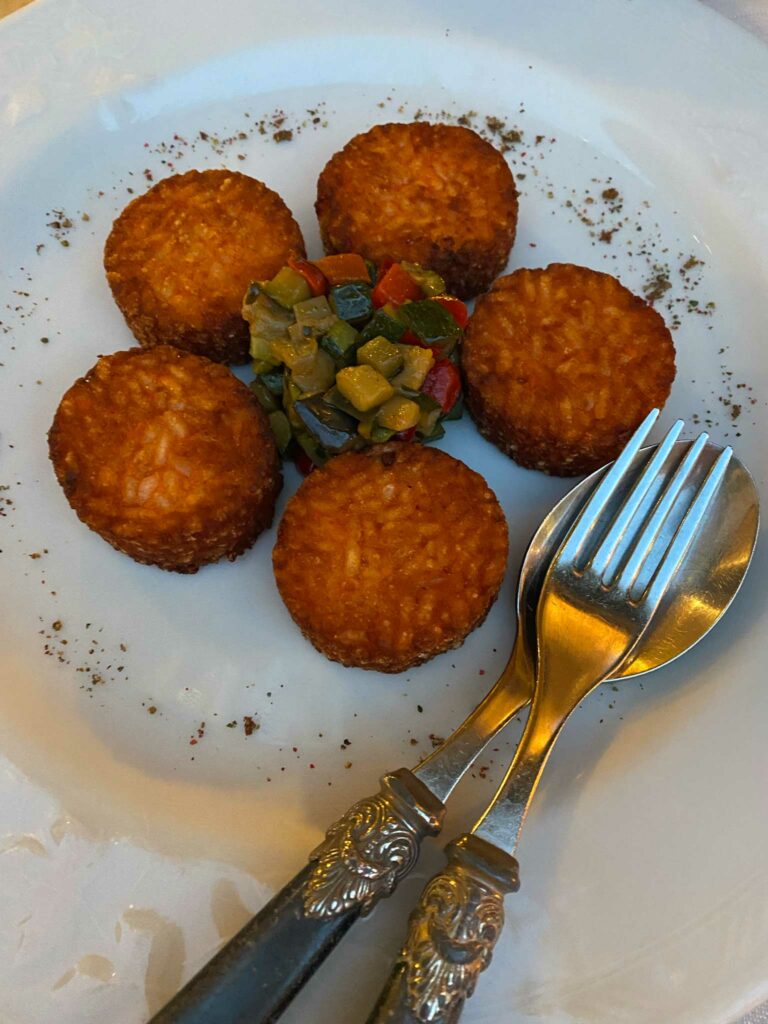
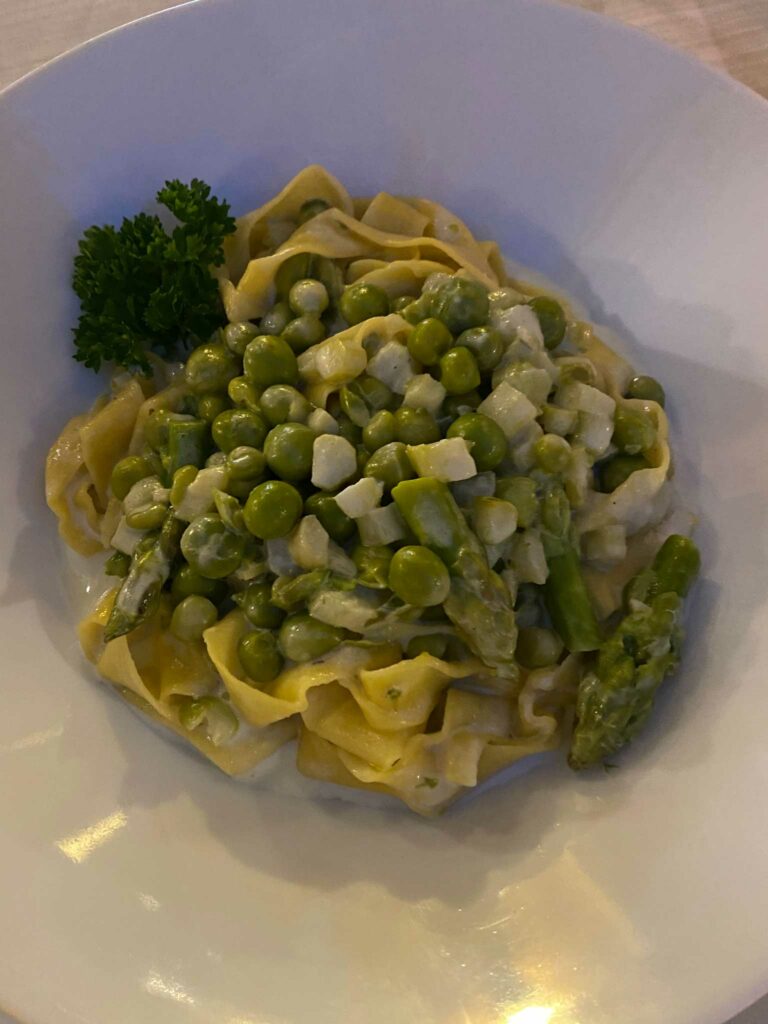
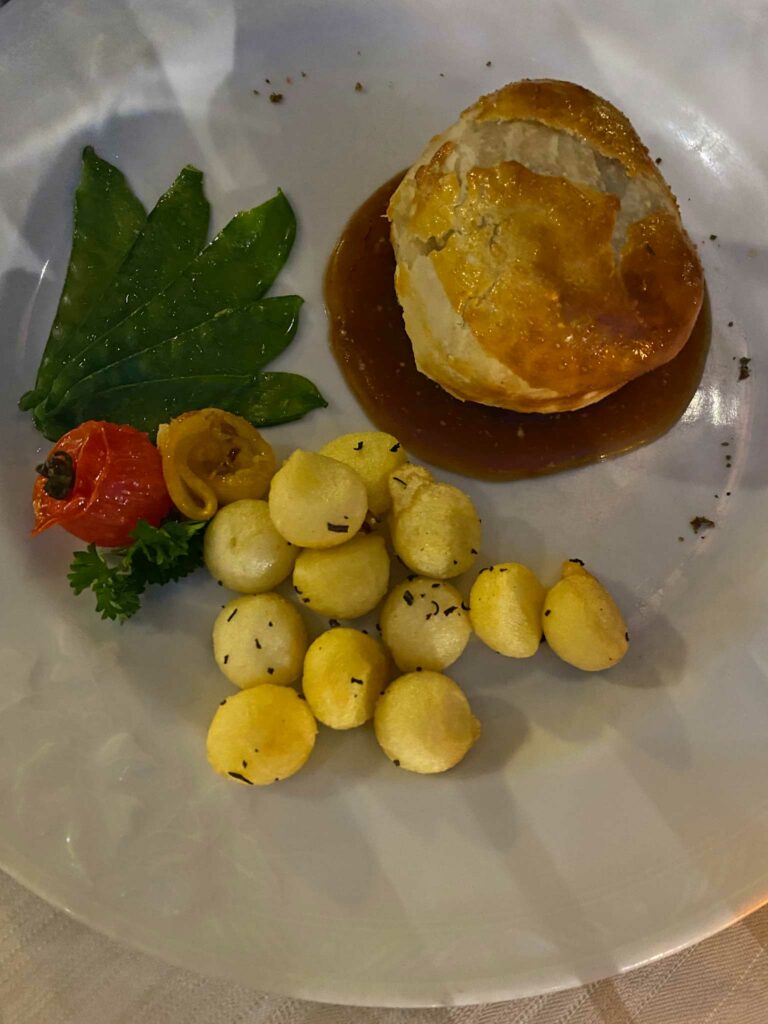
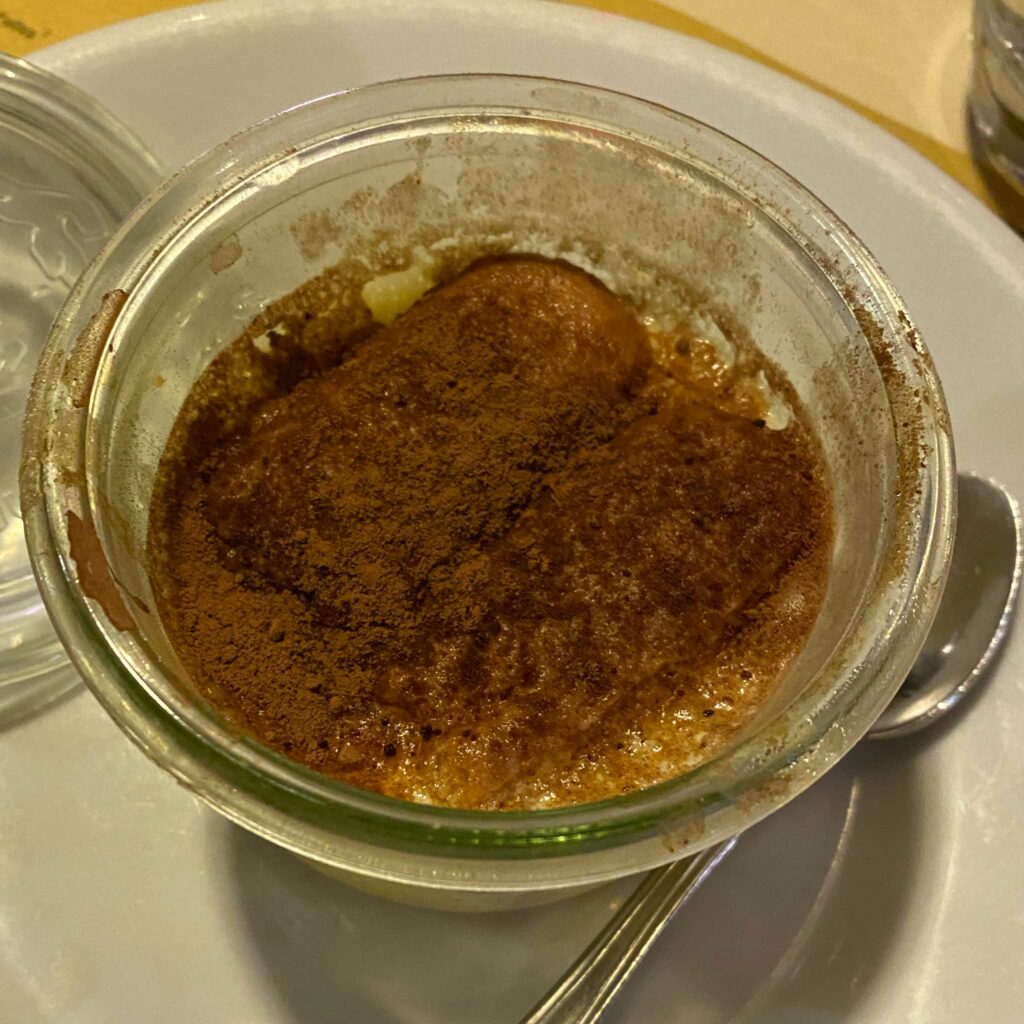
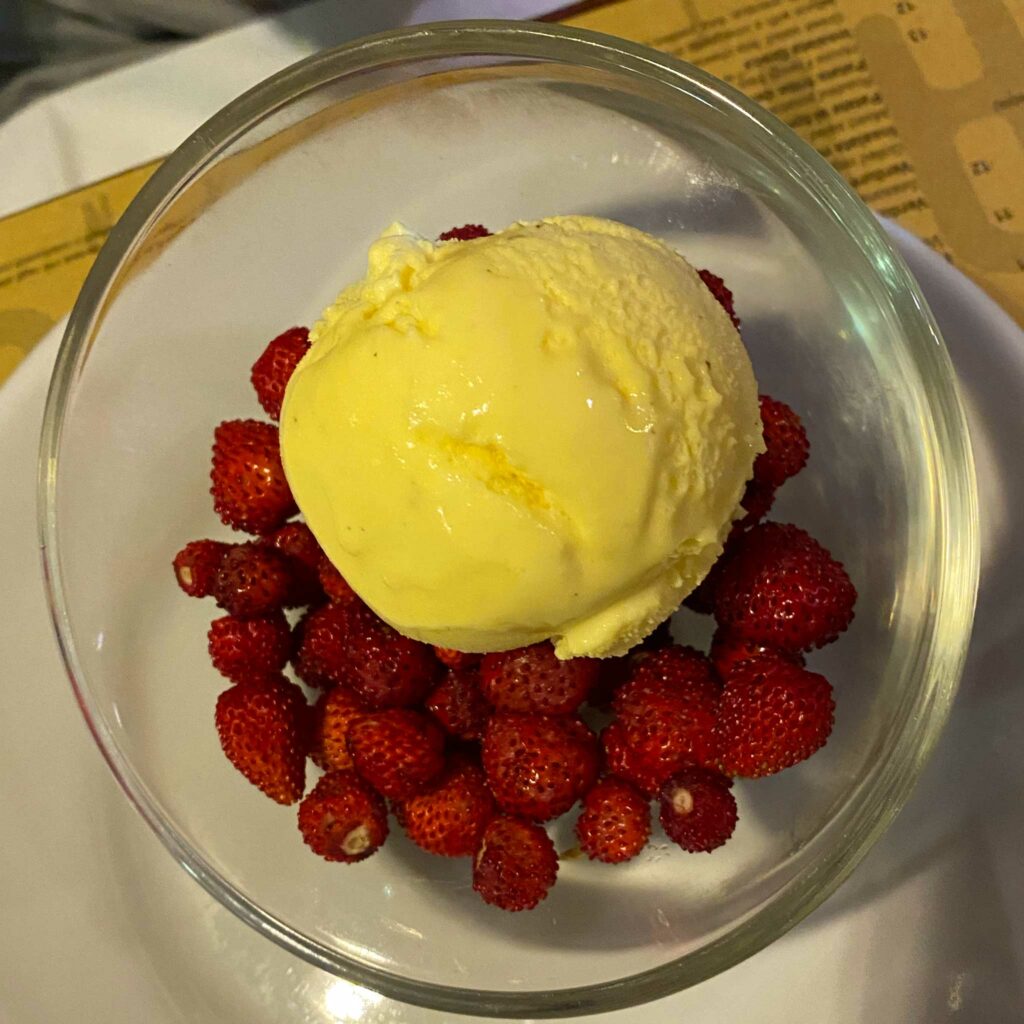
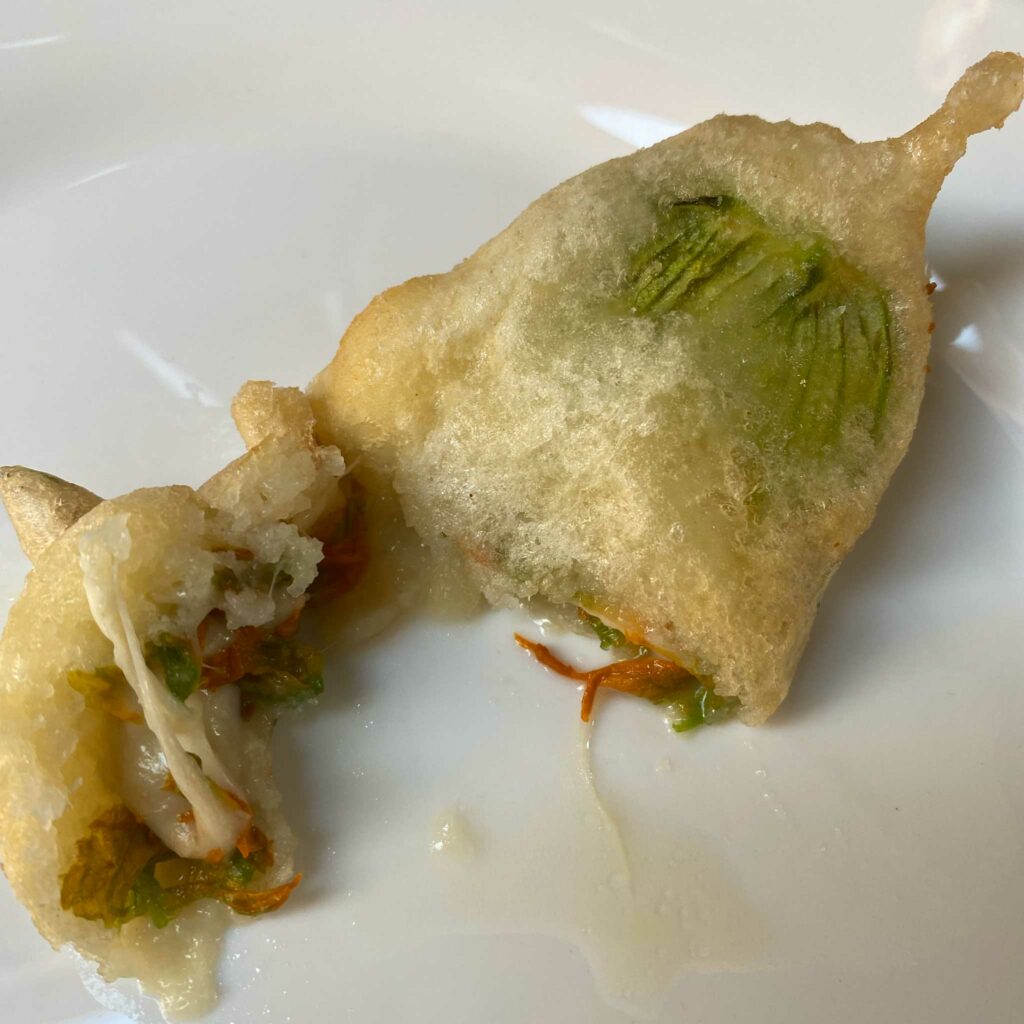
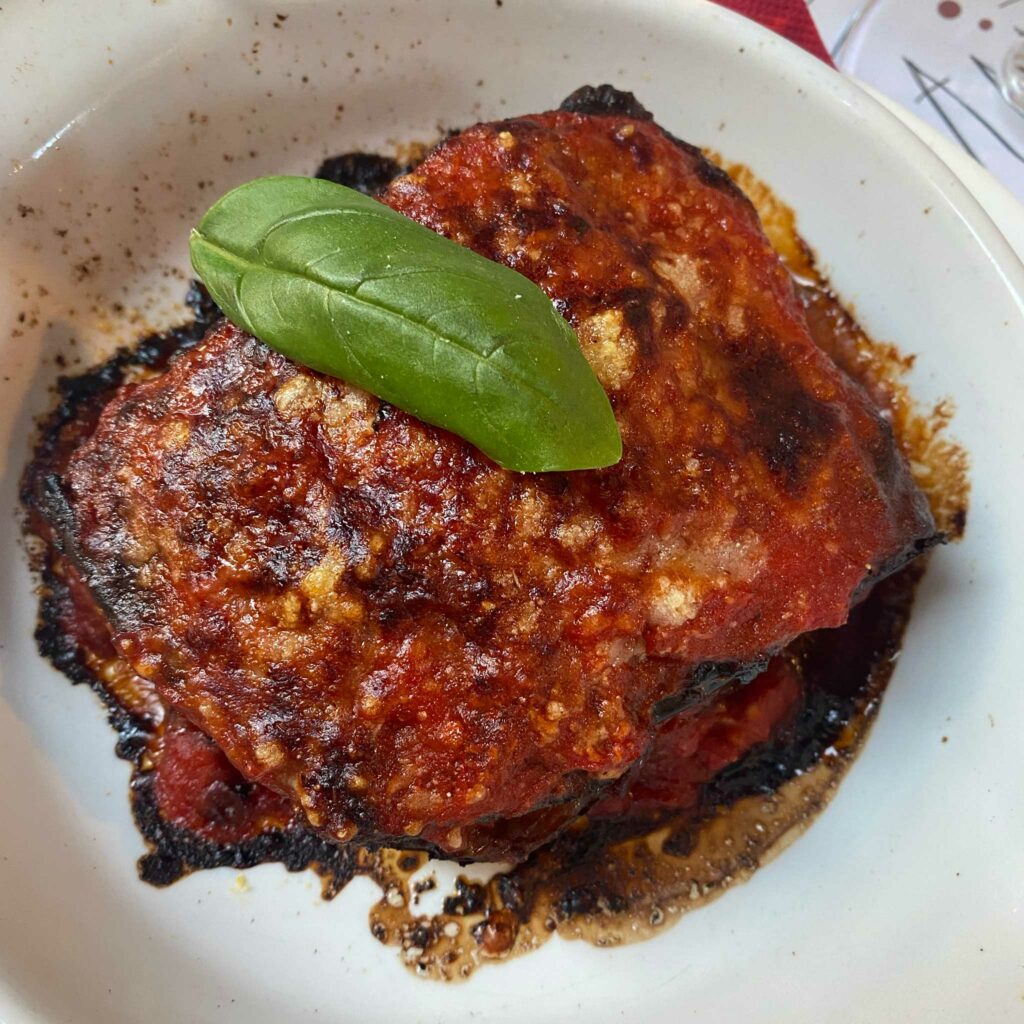
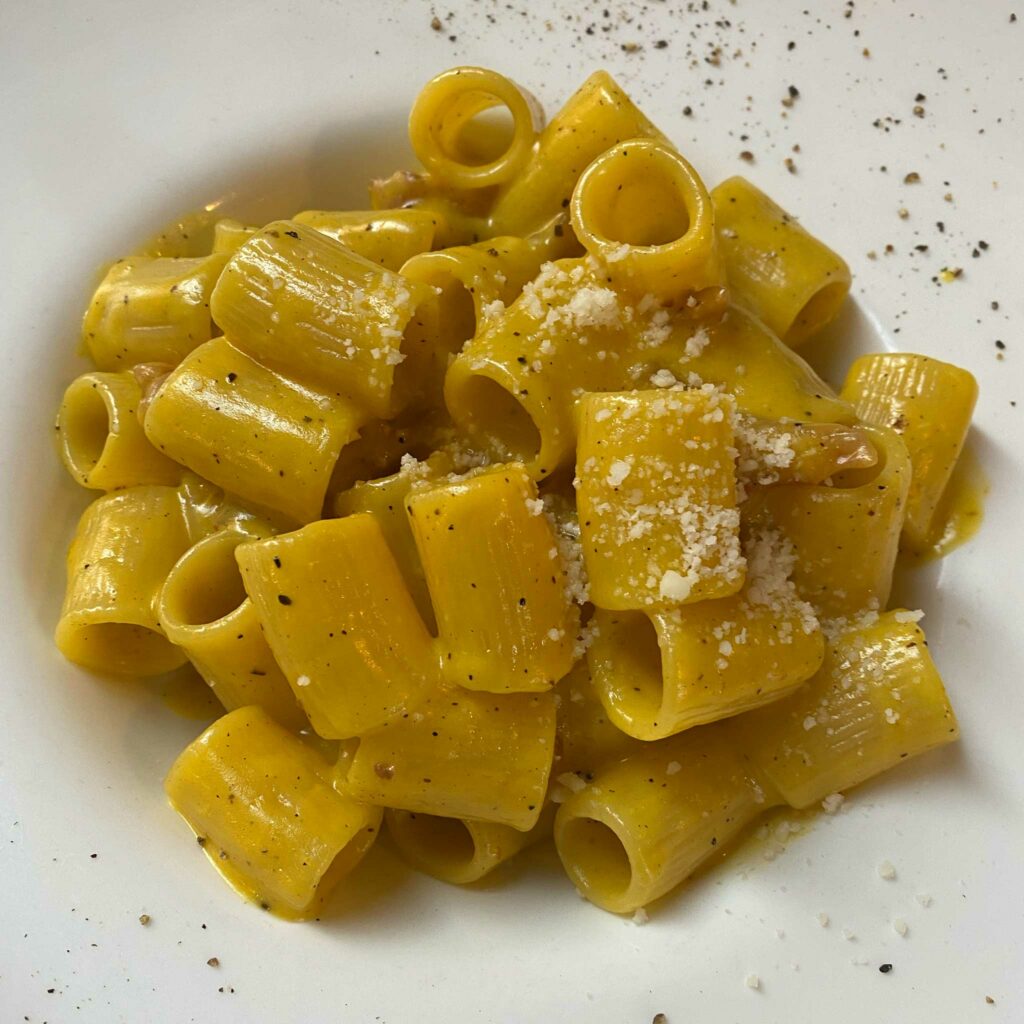
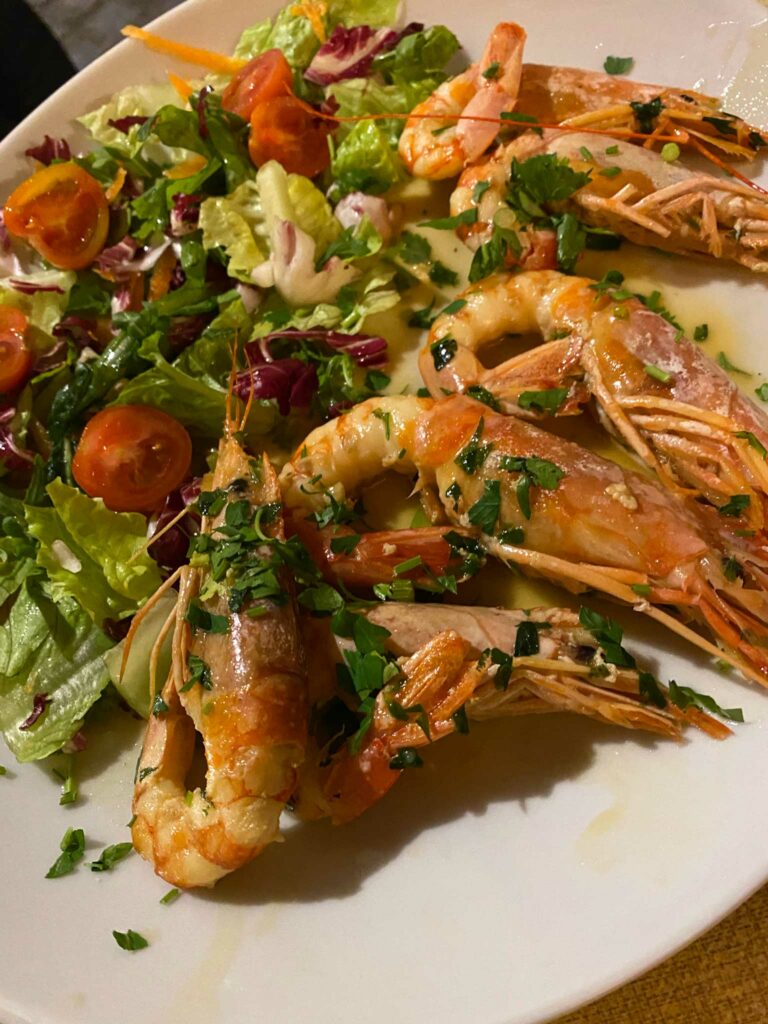
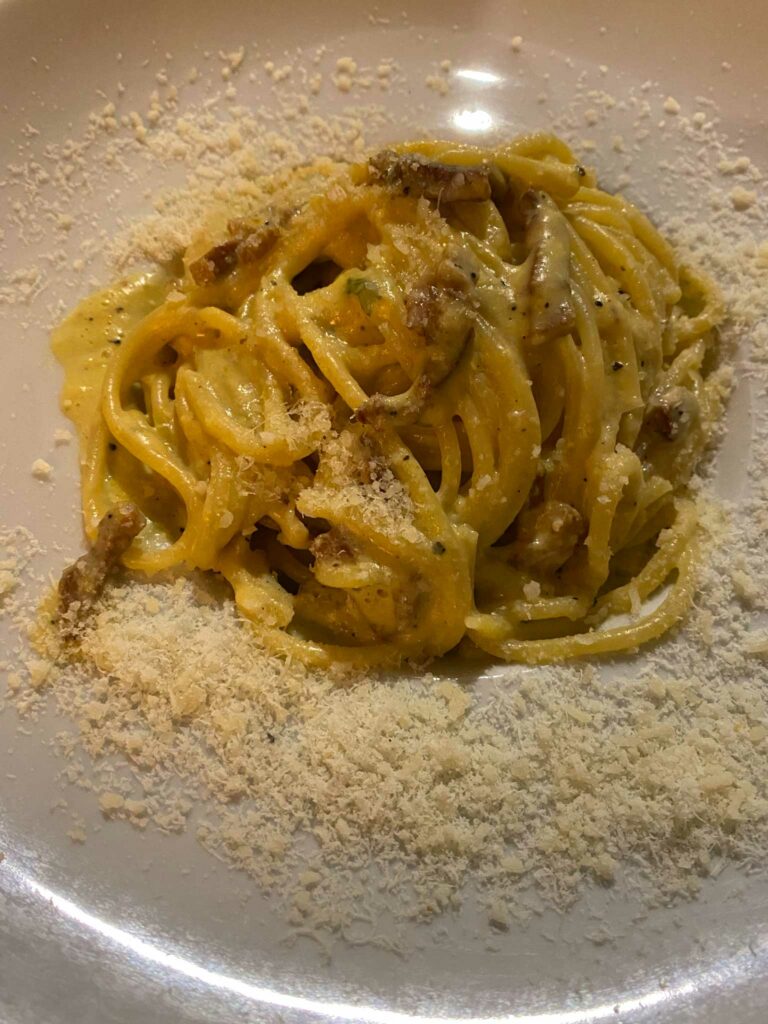
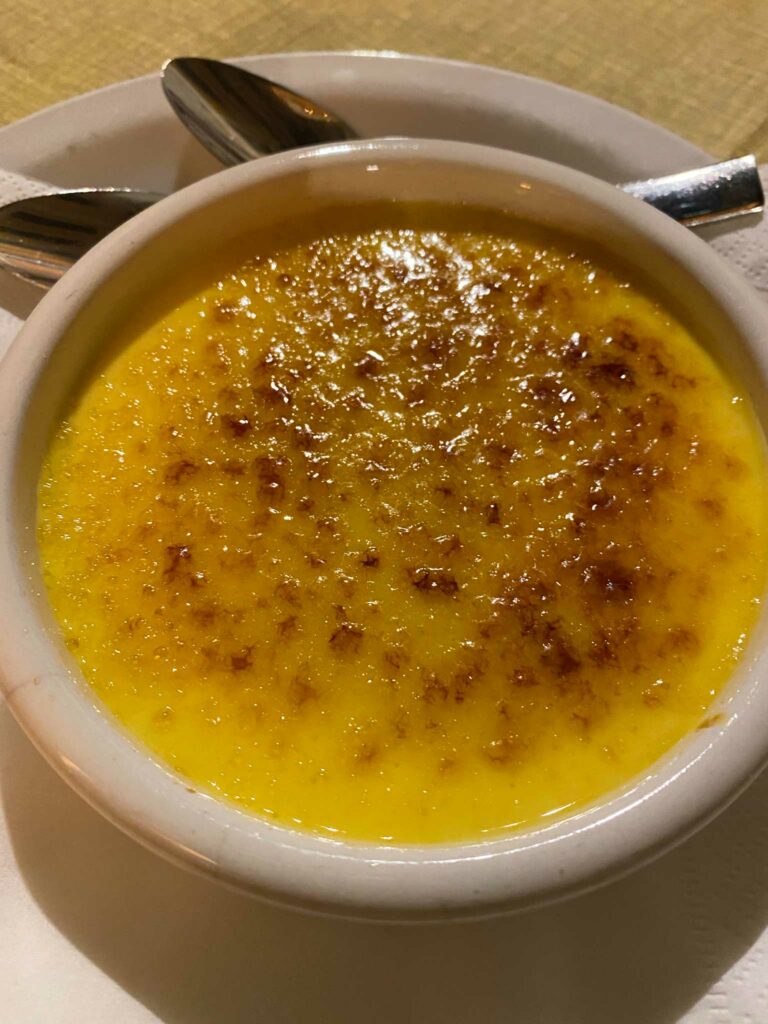
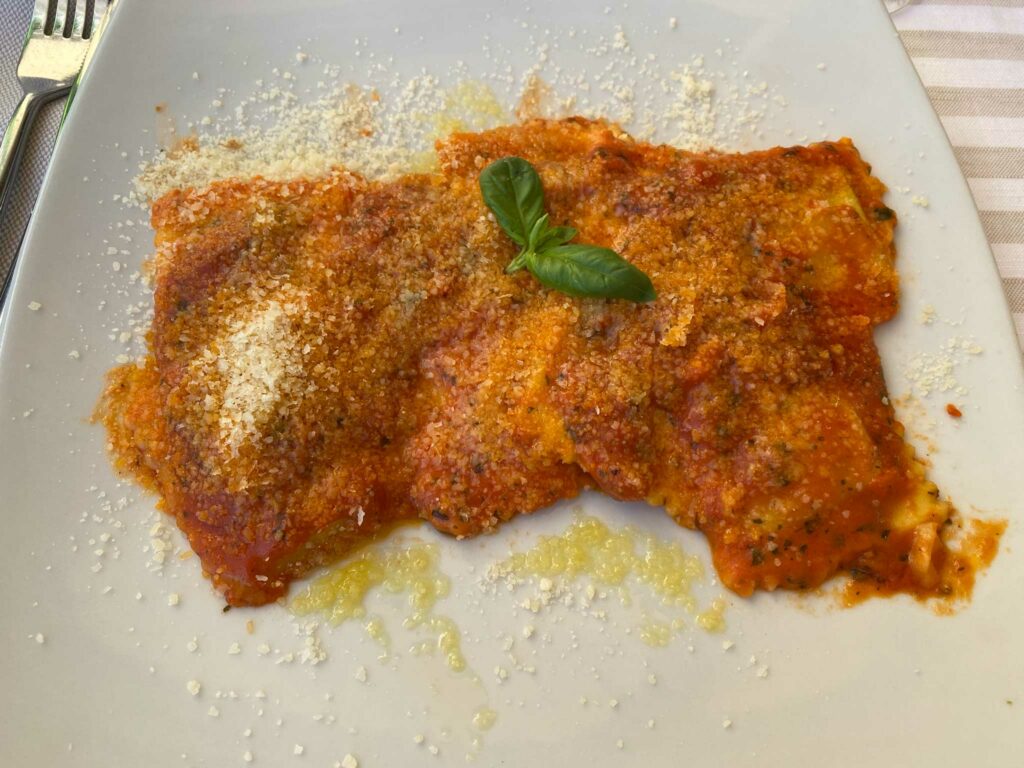
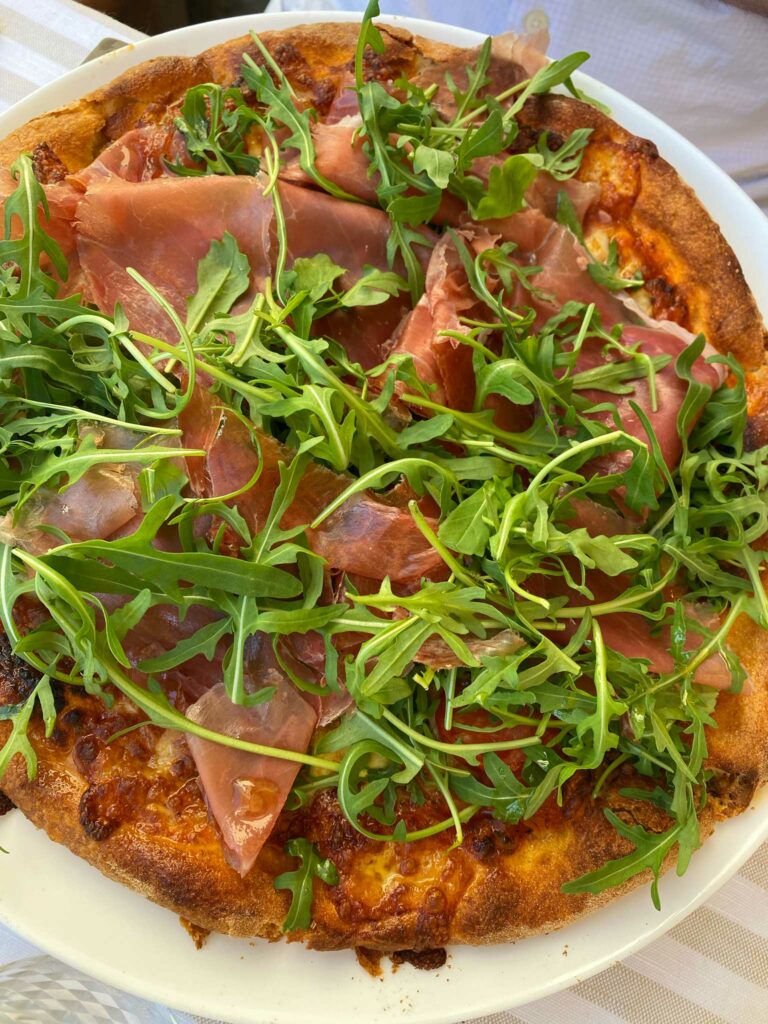

Leave a Reply